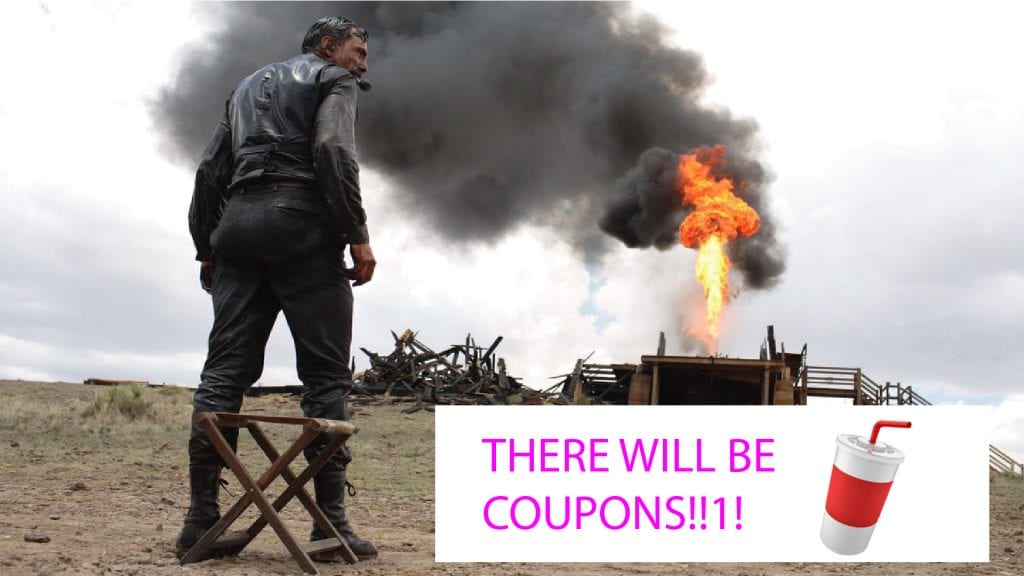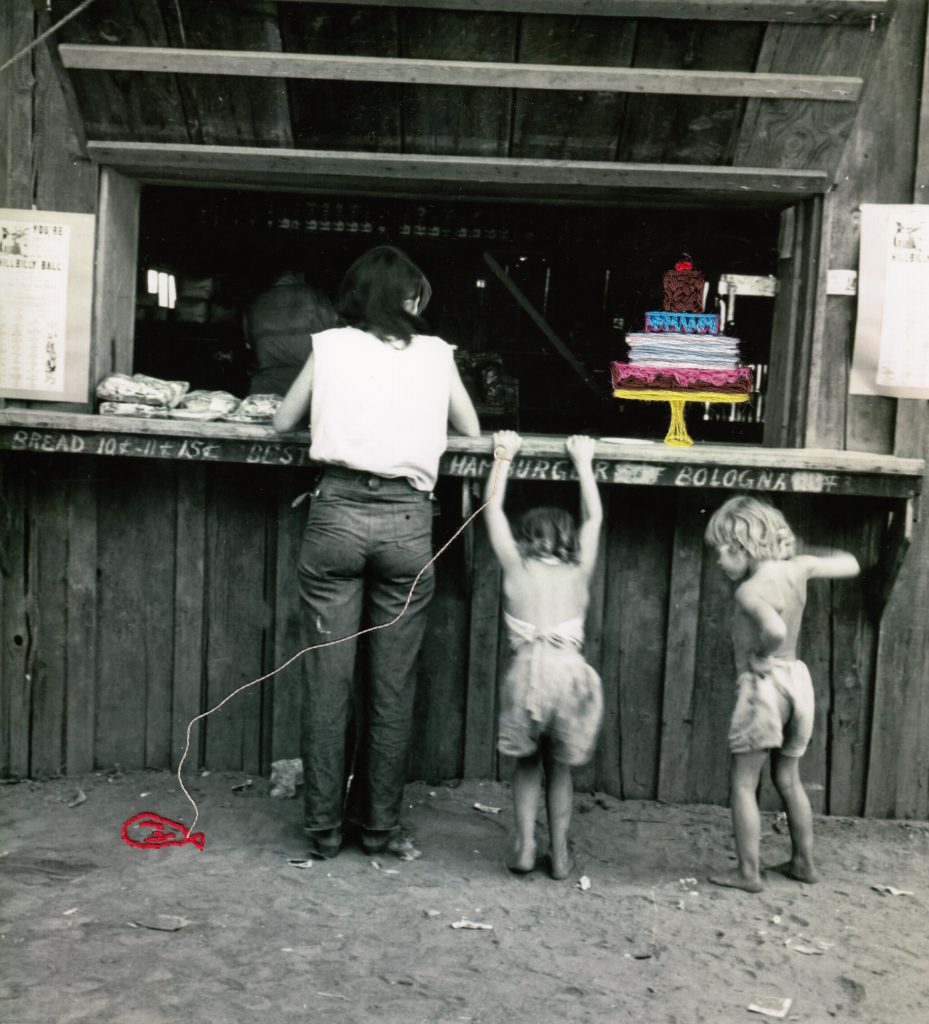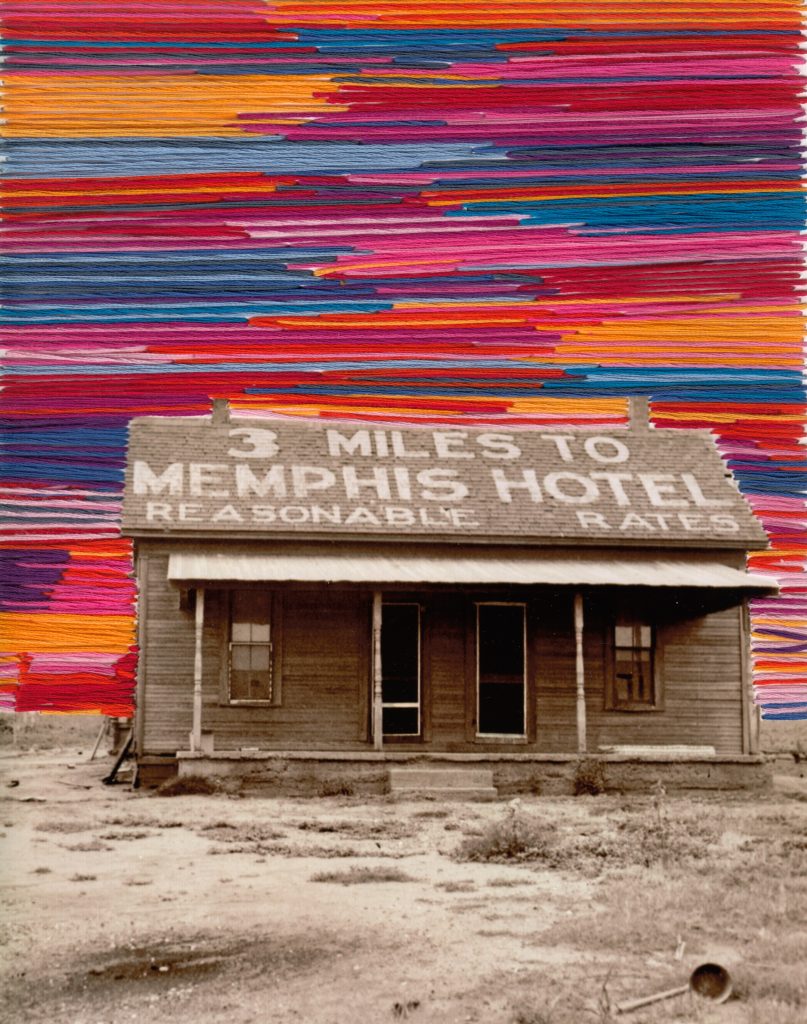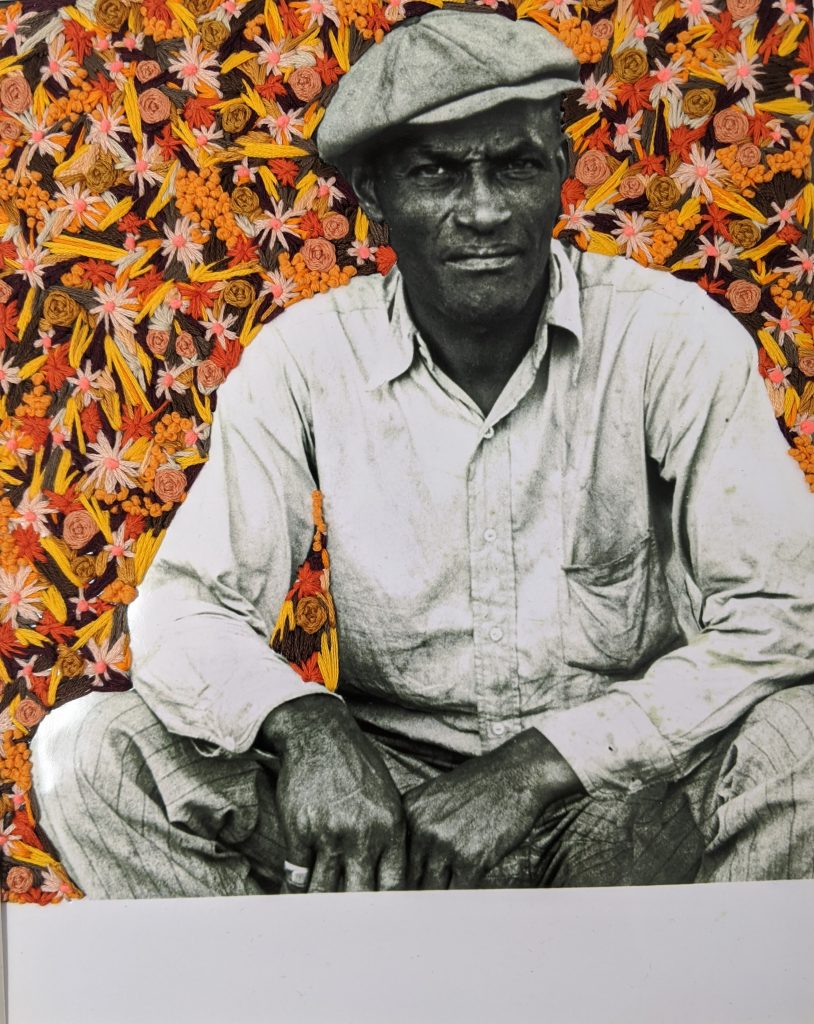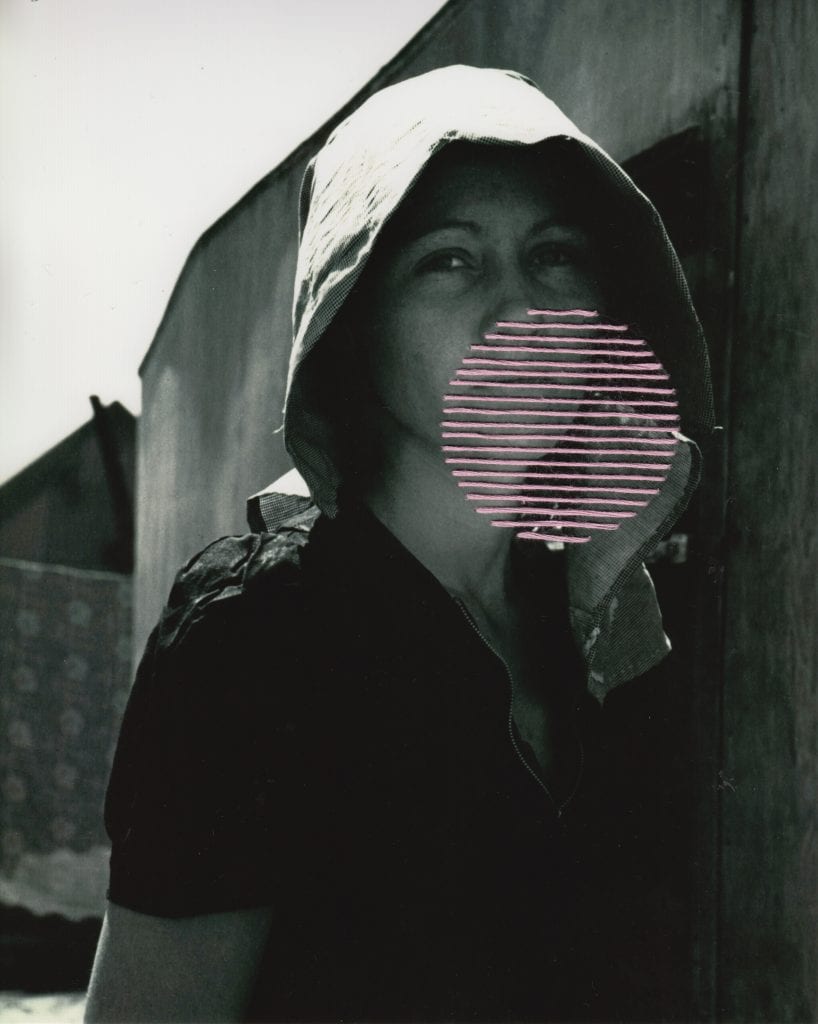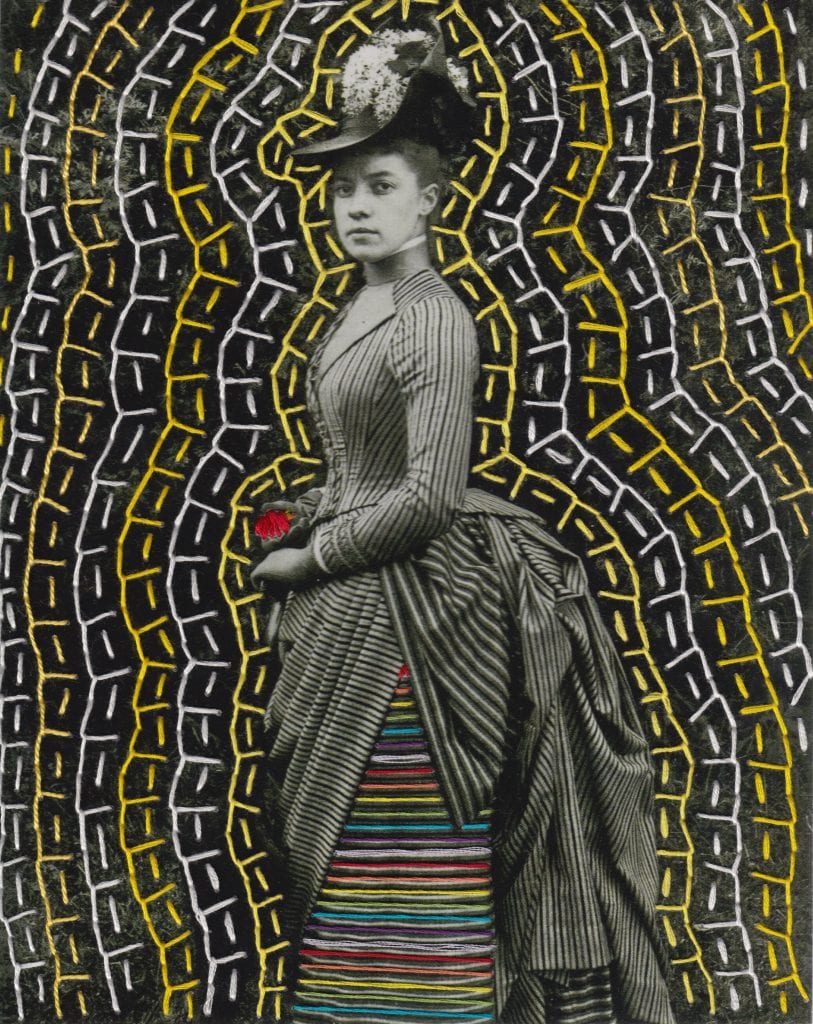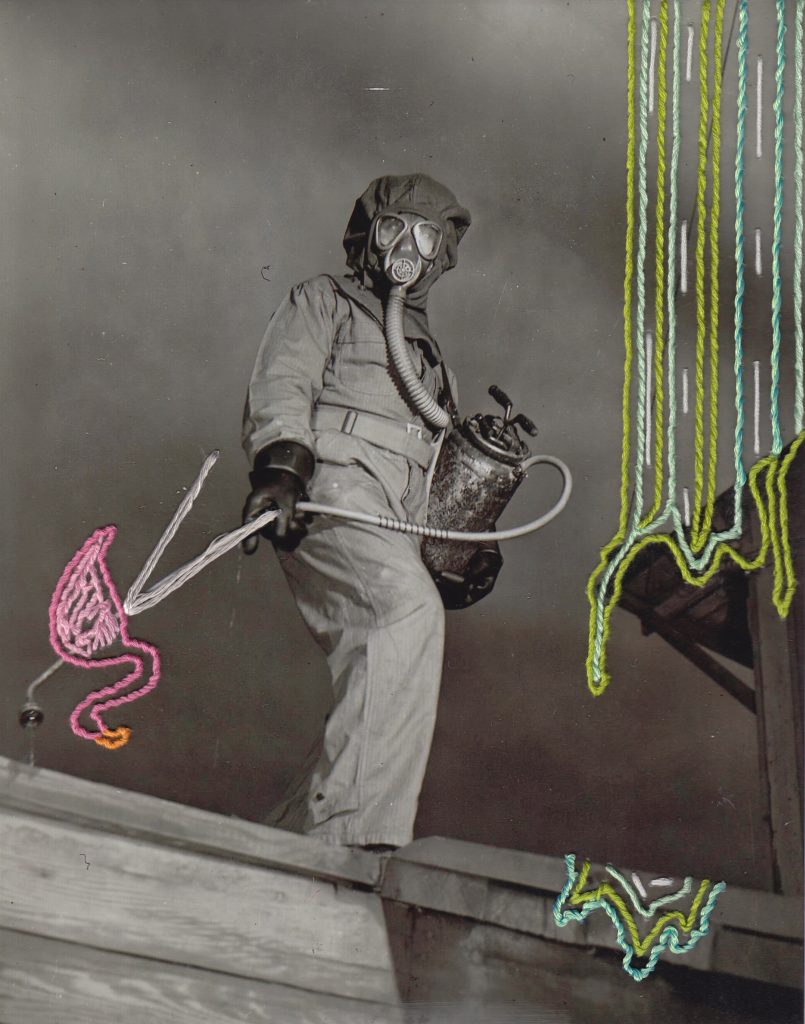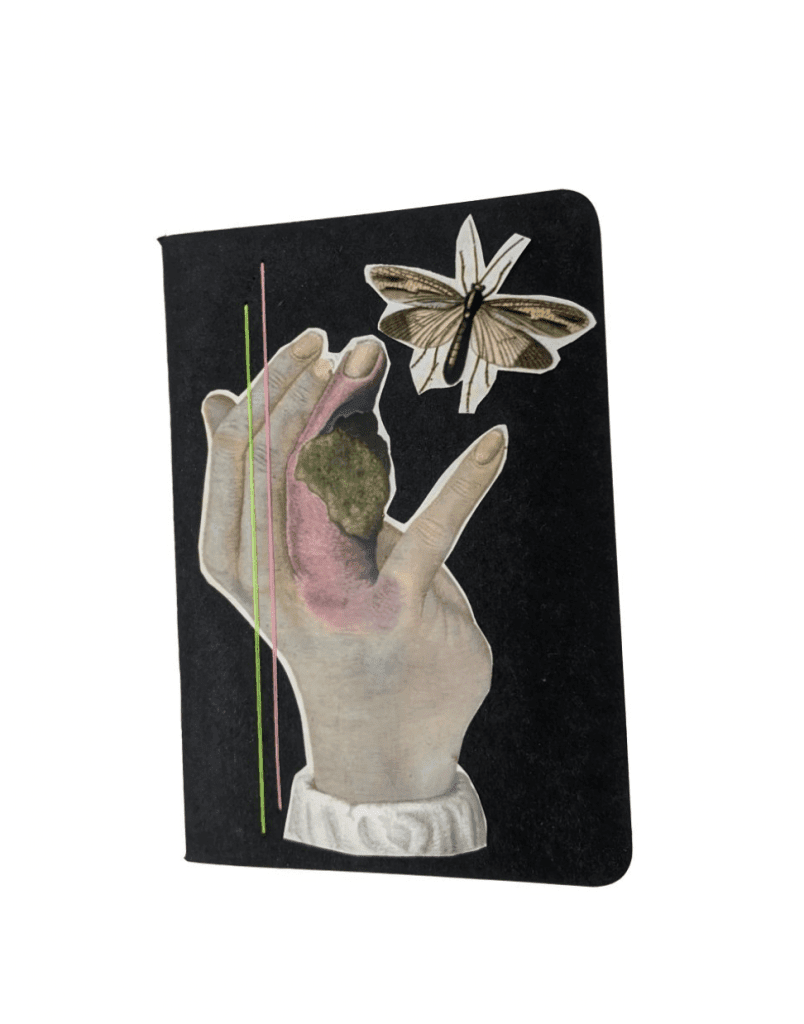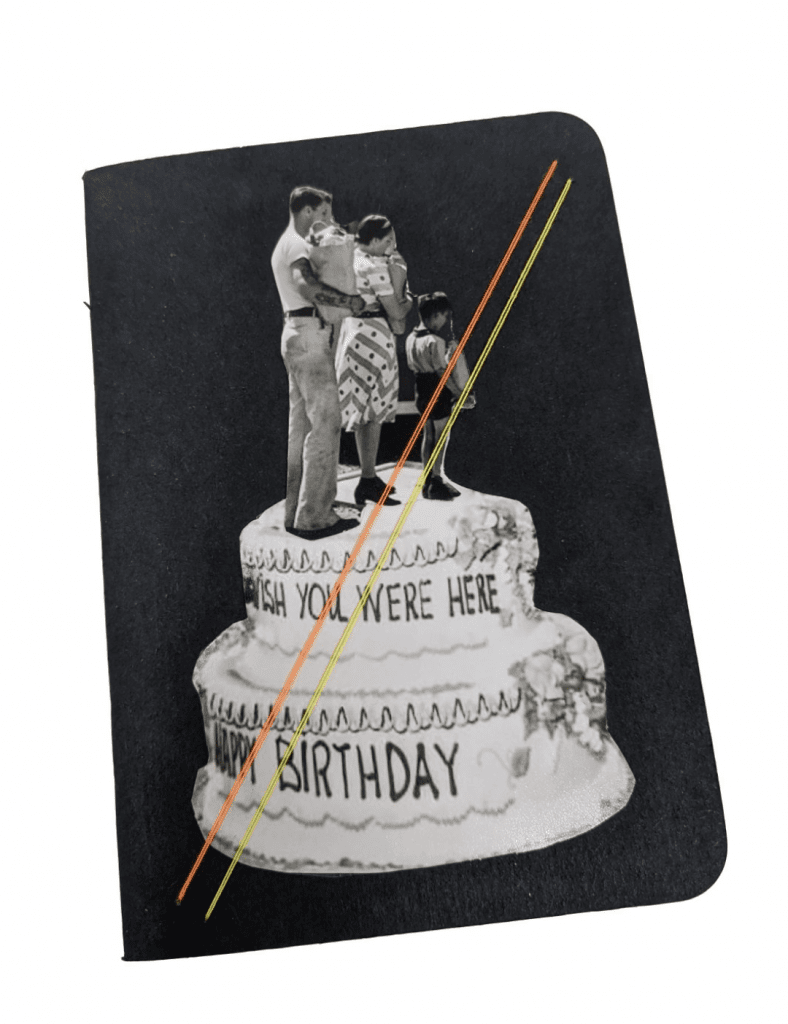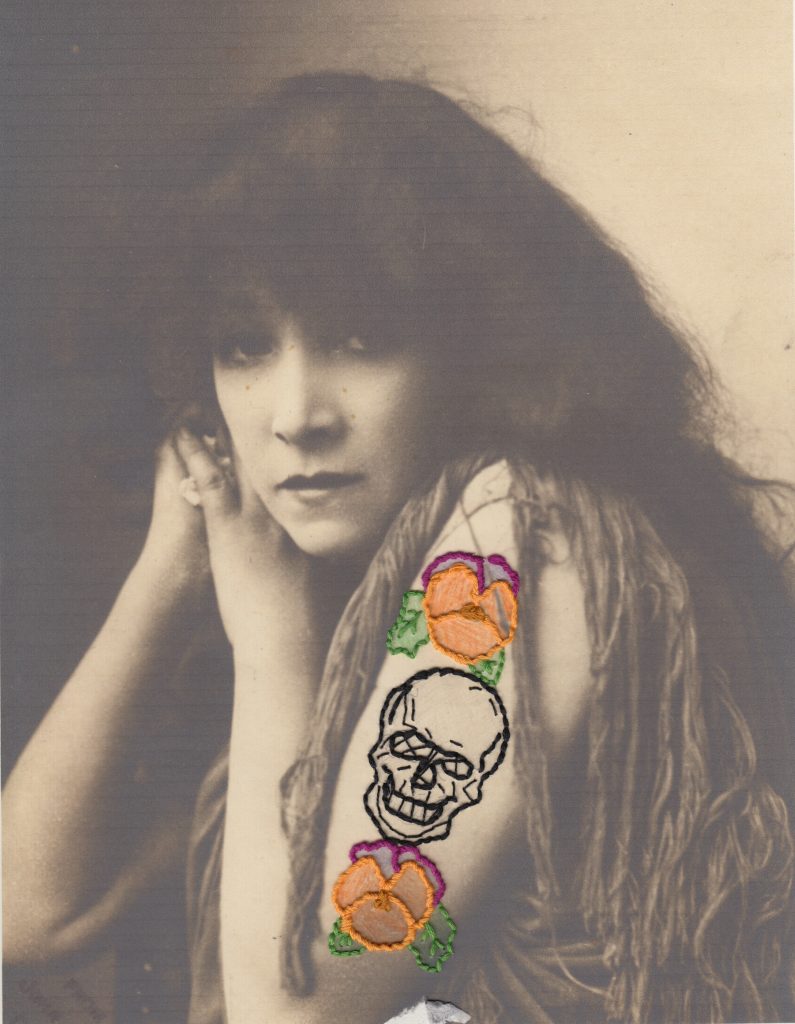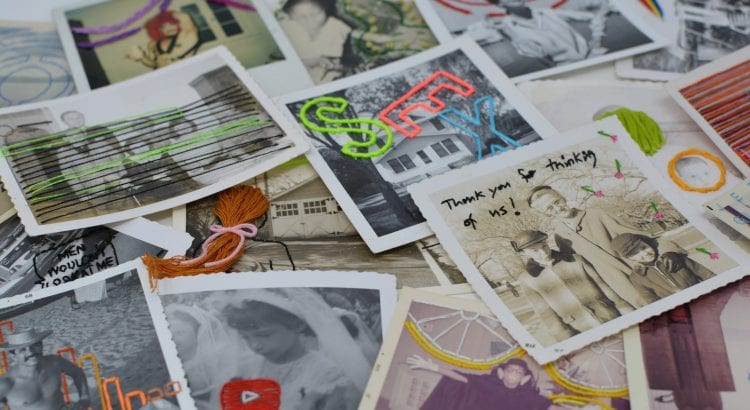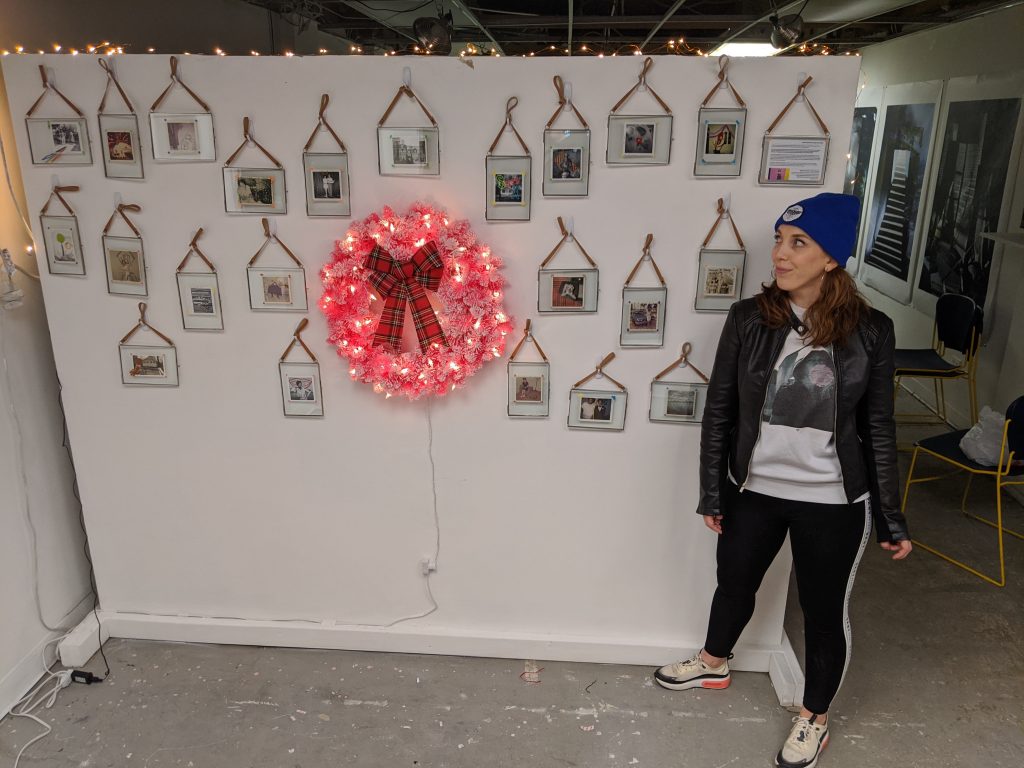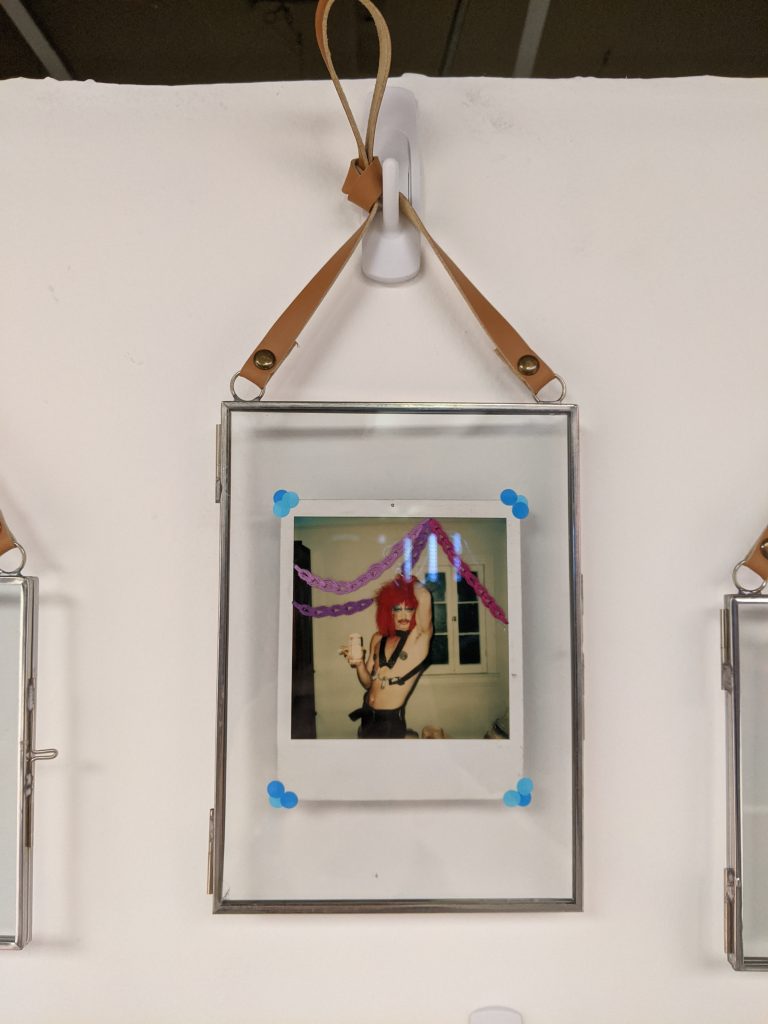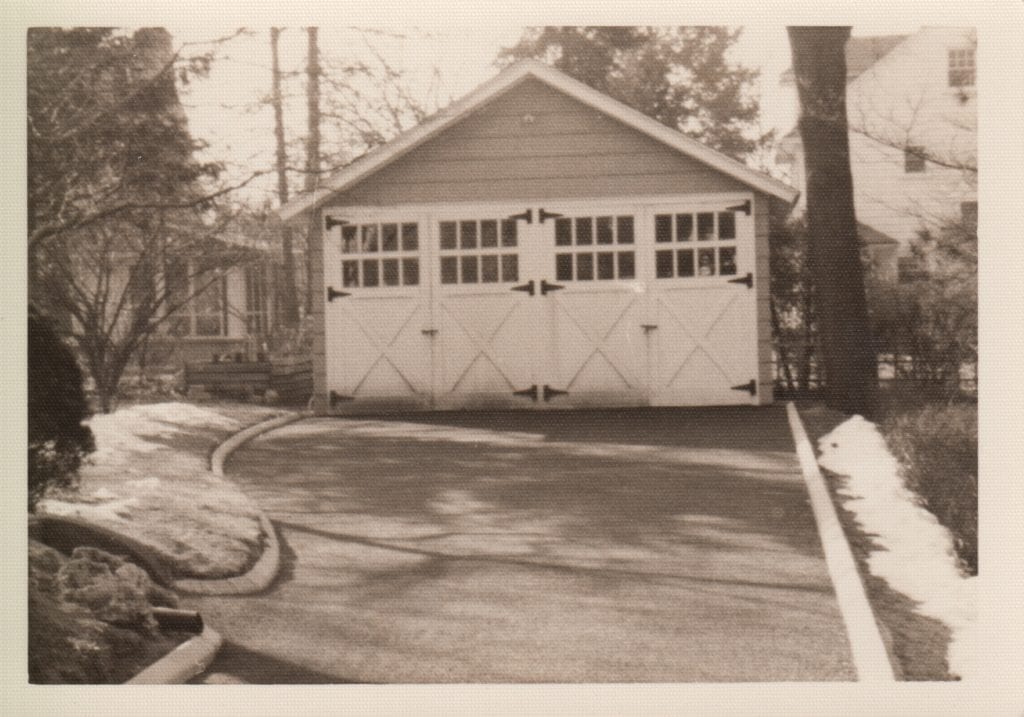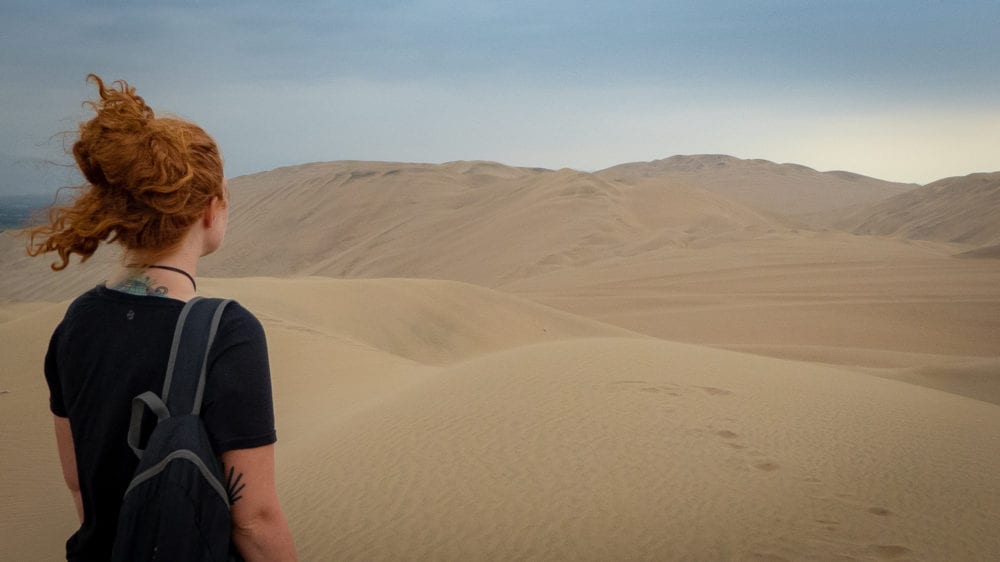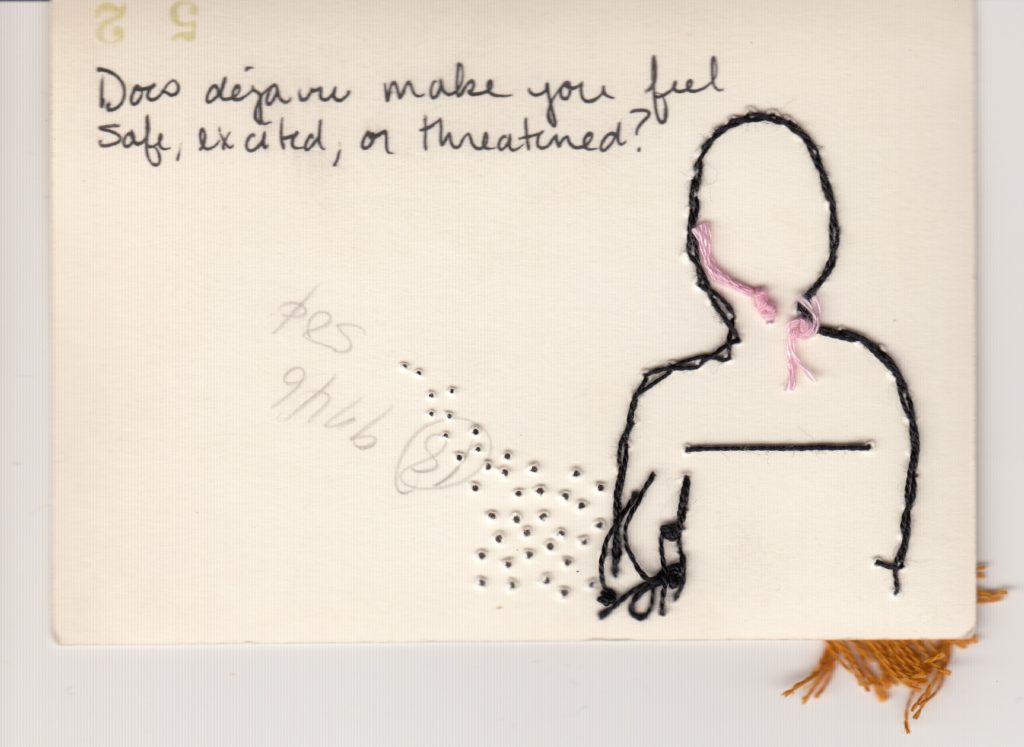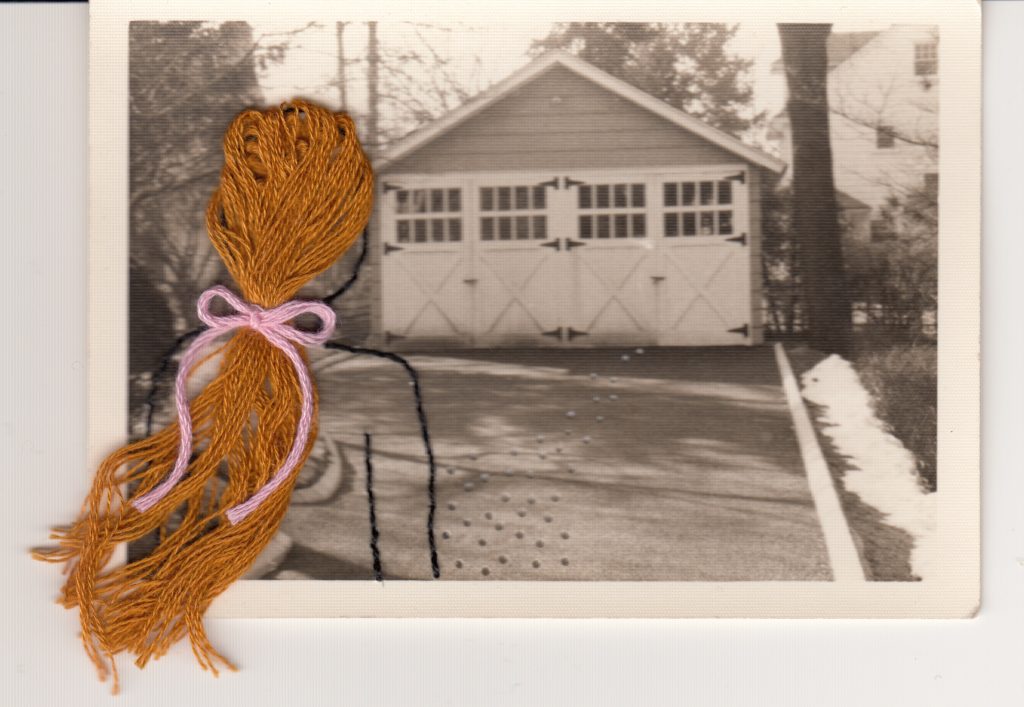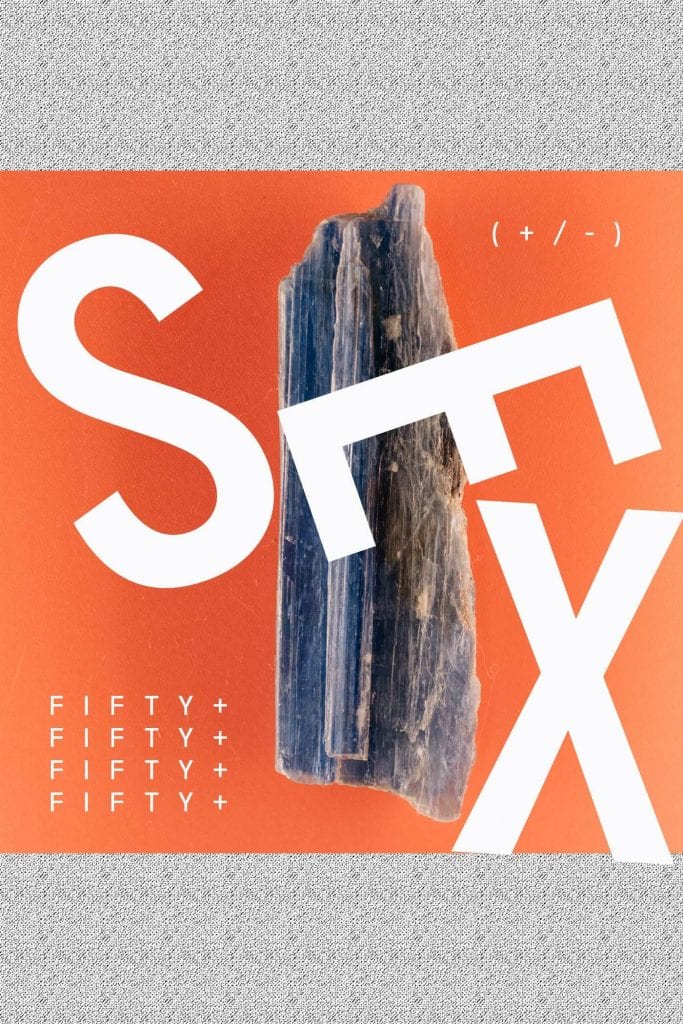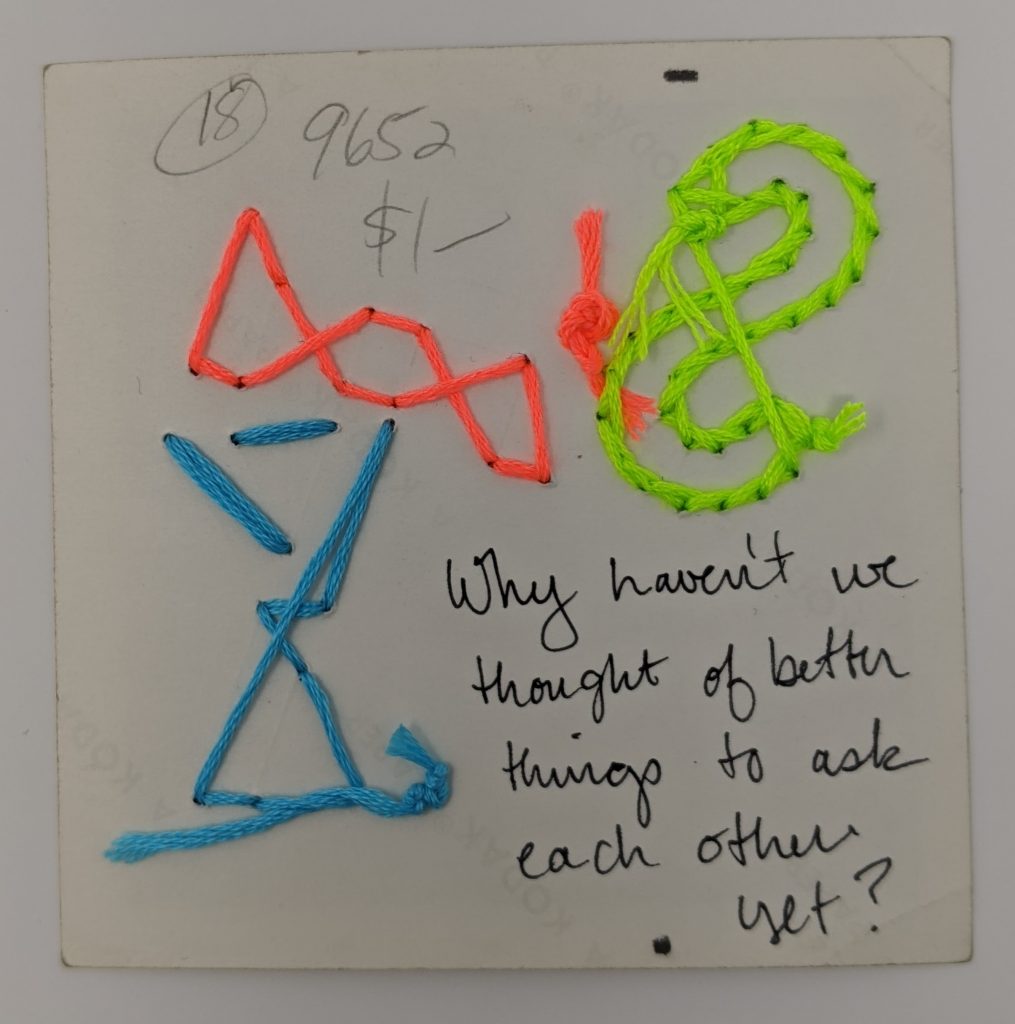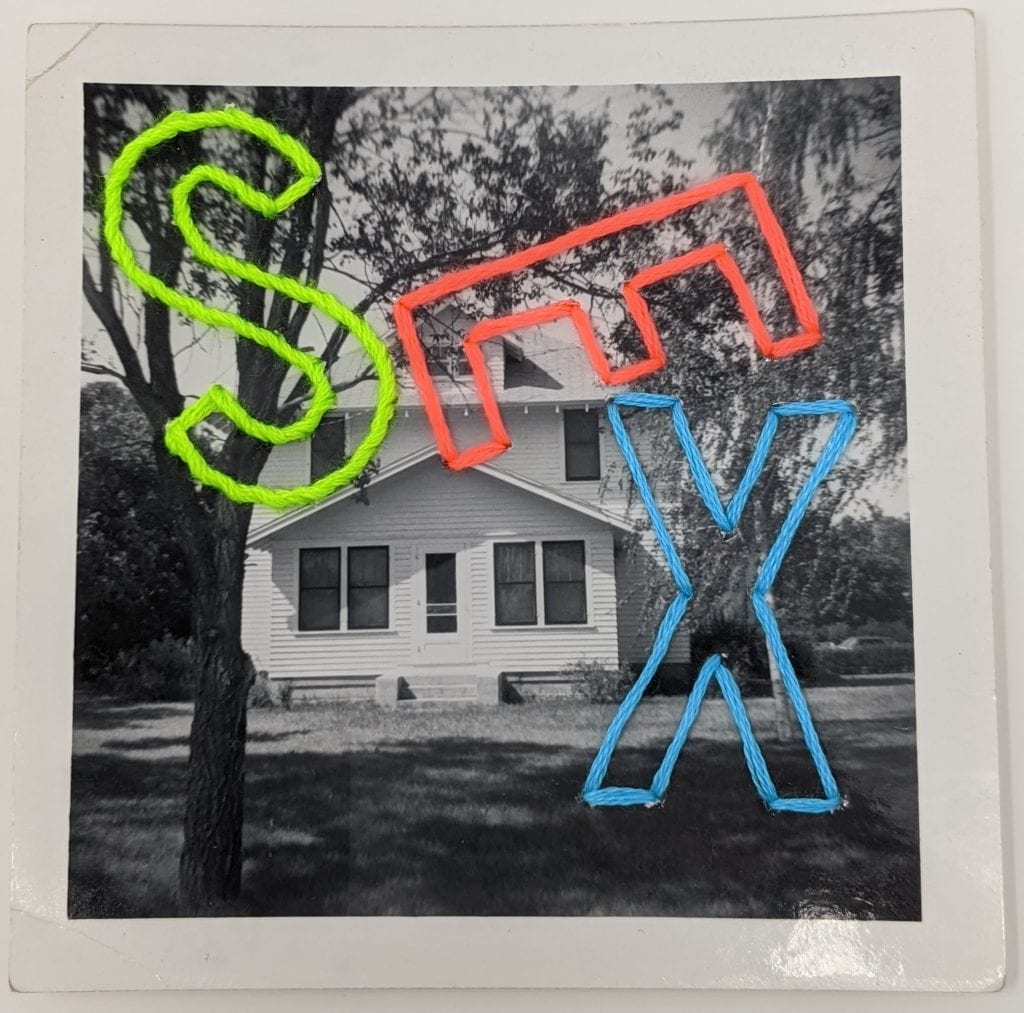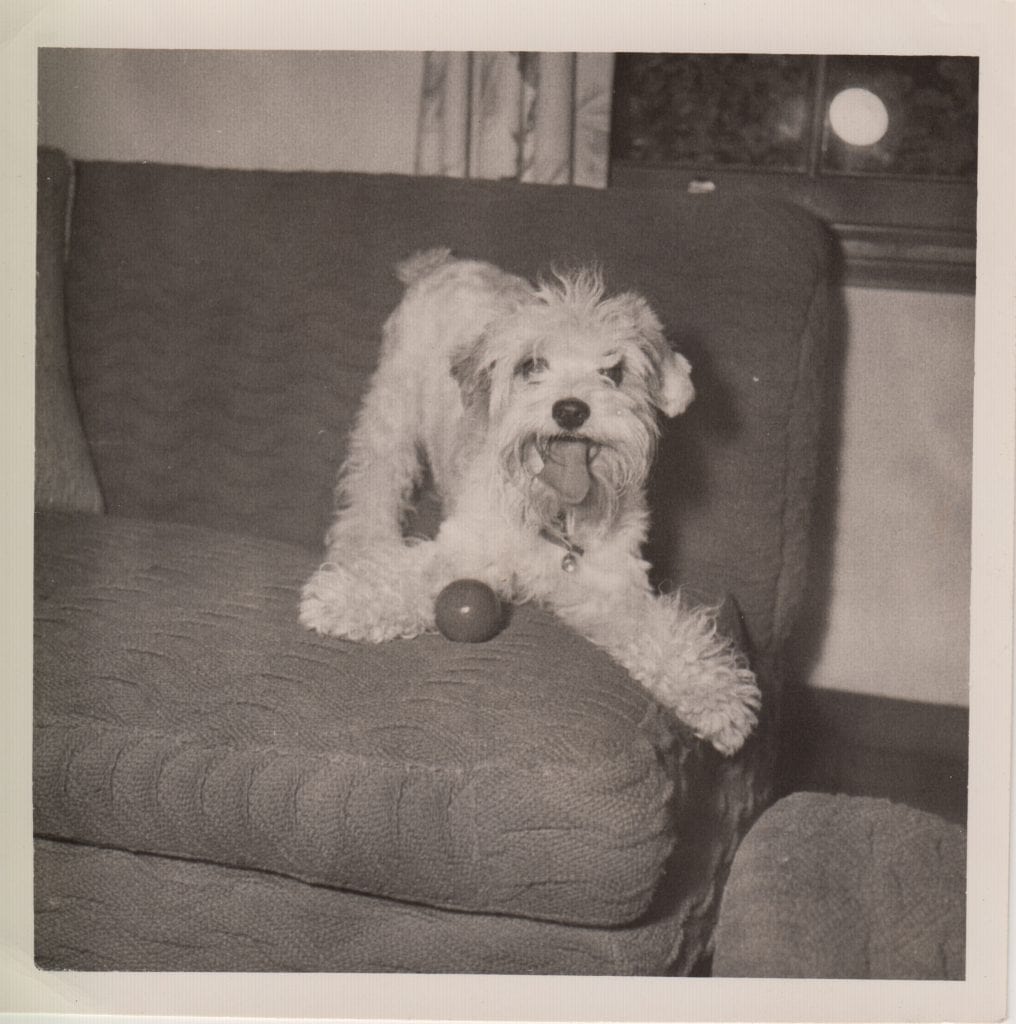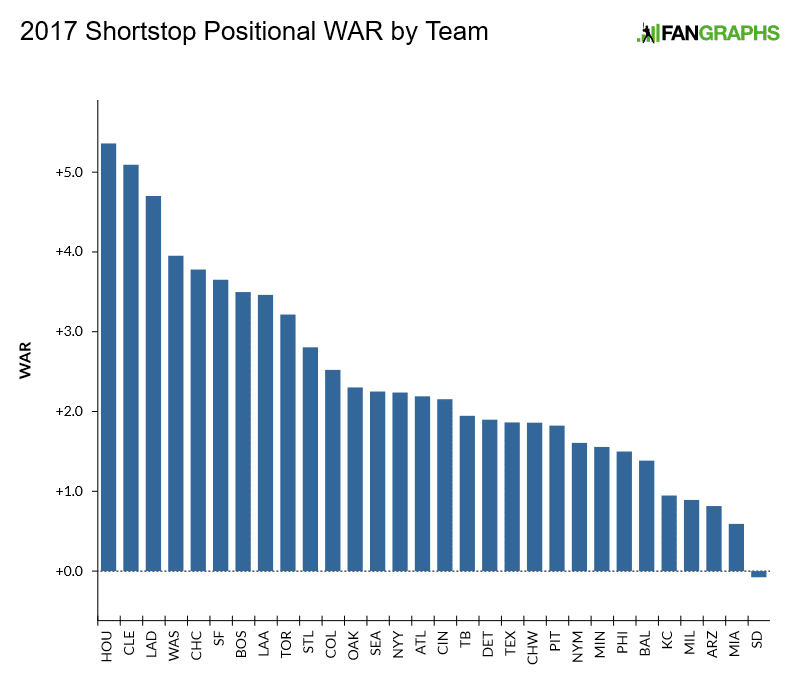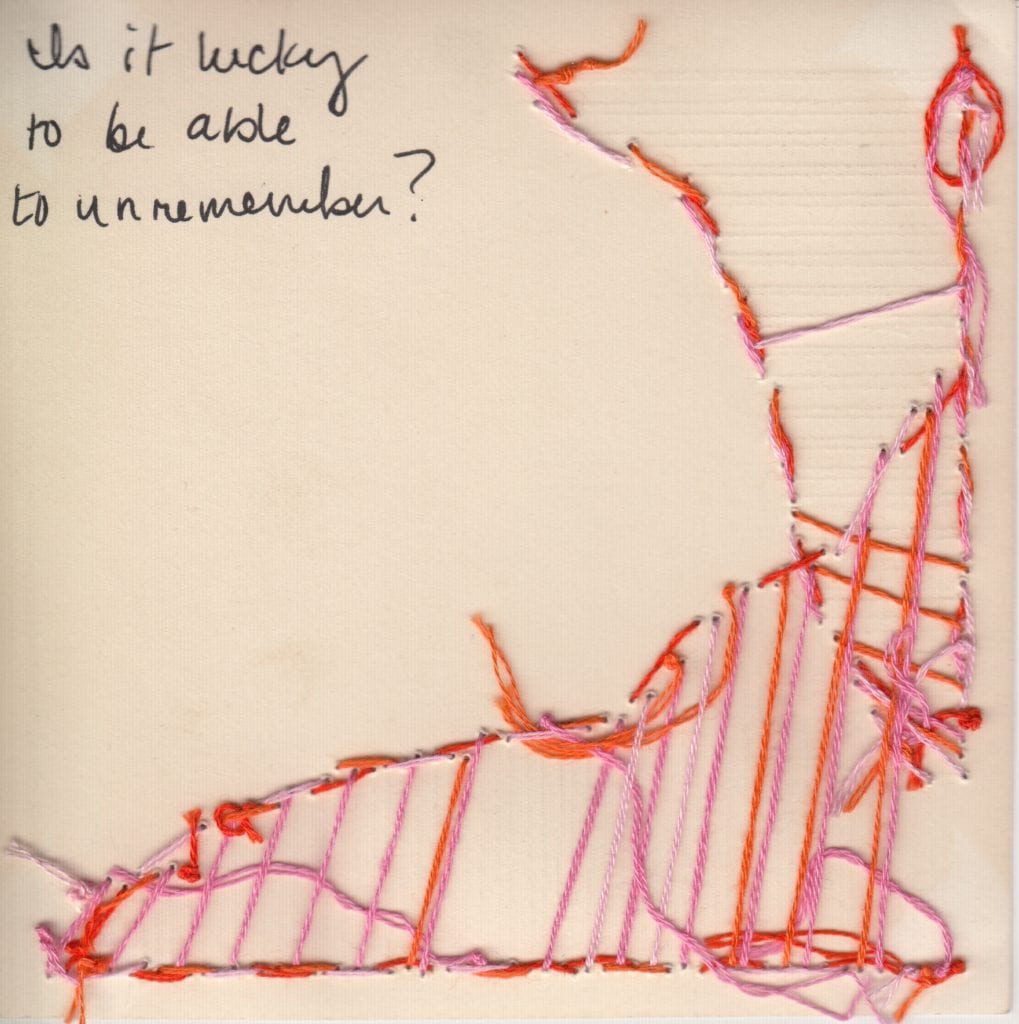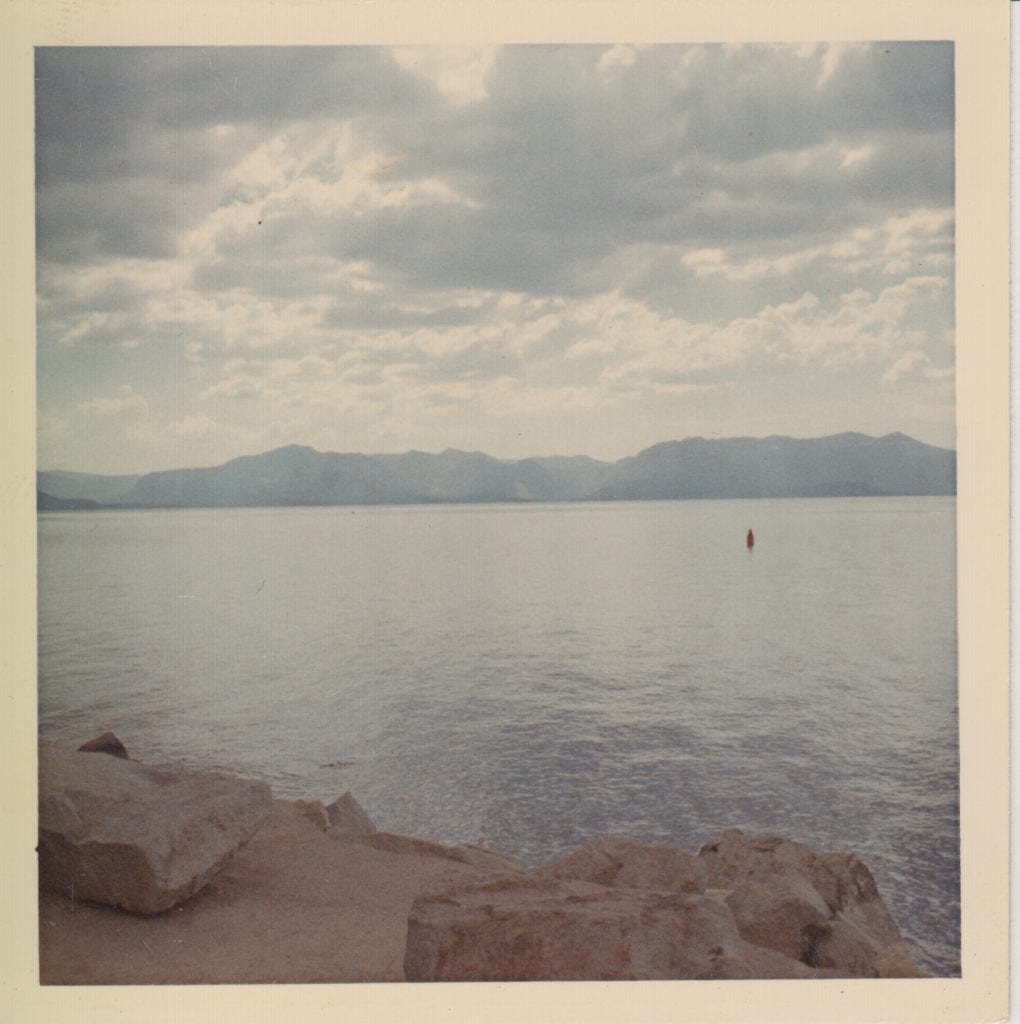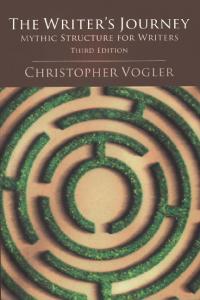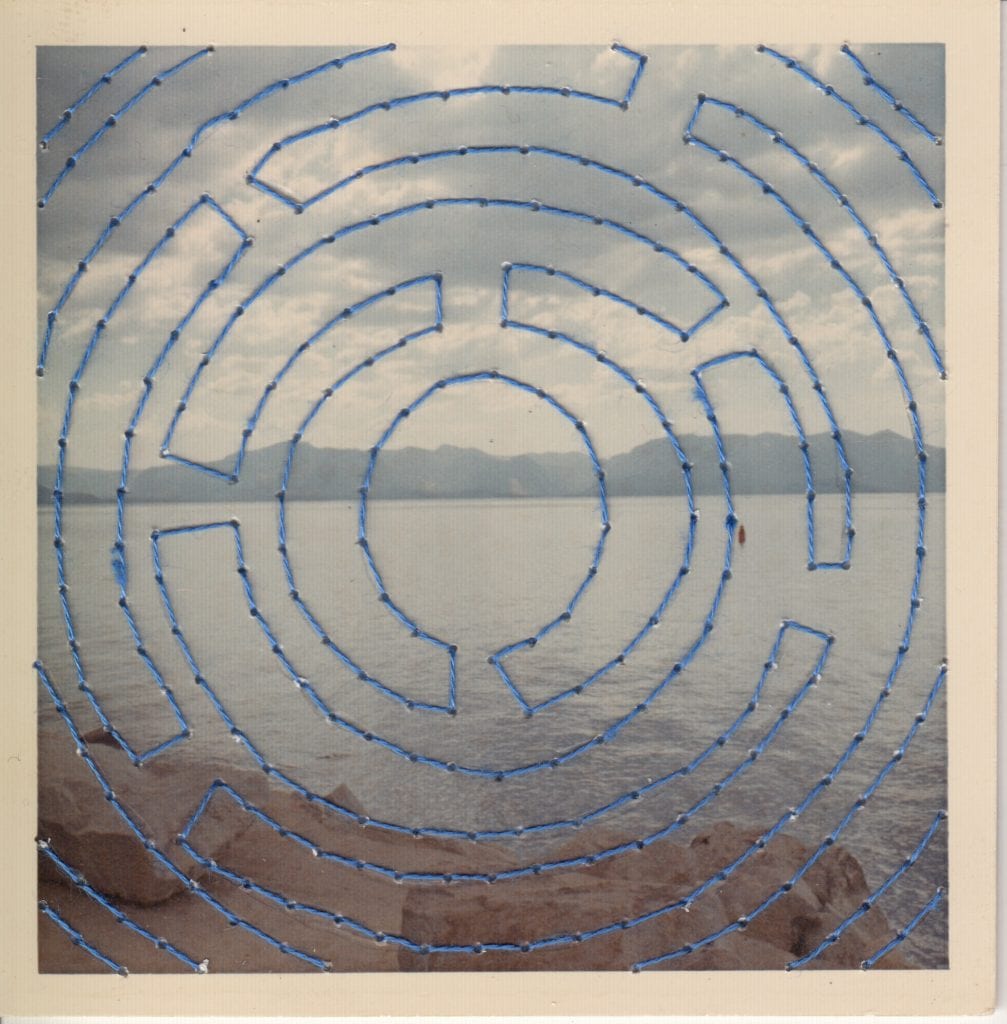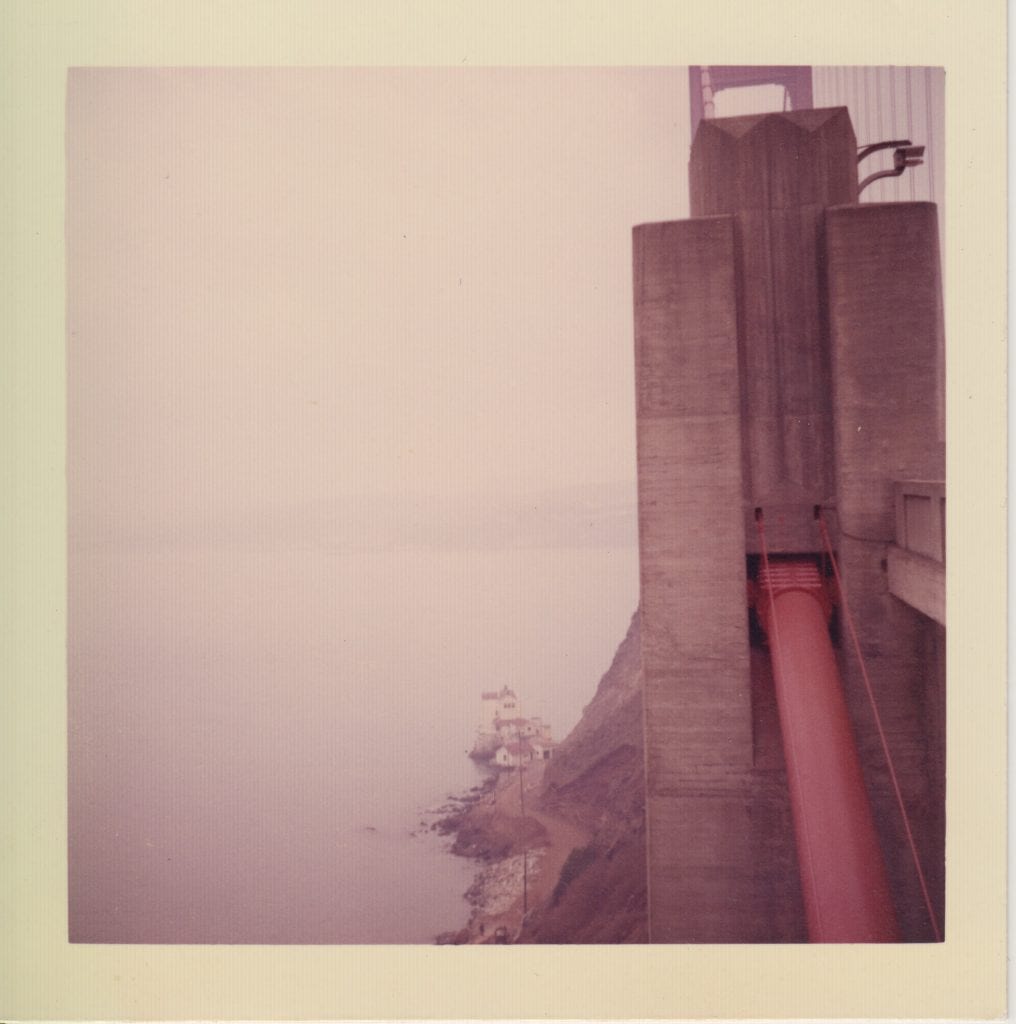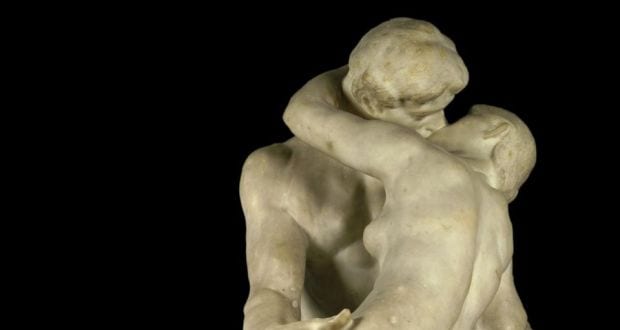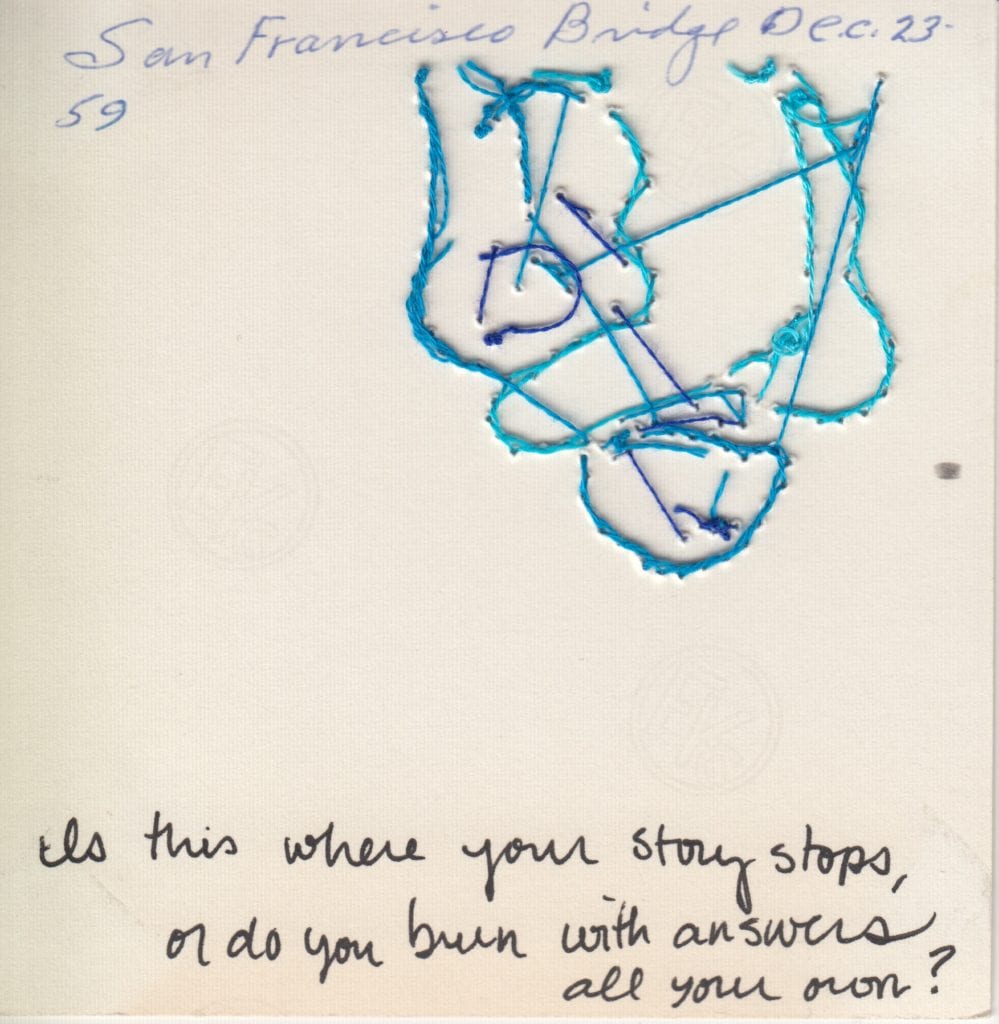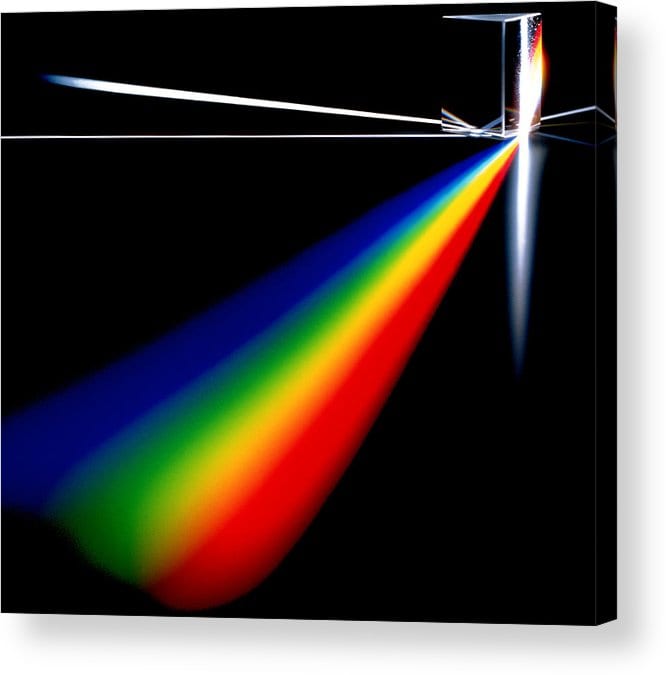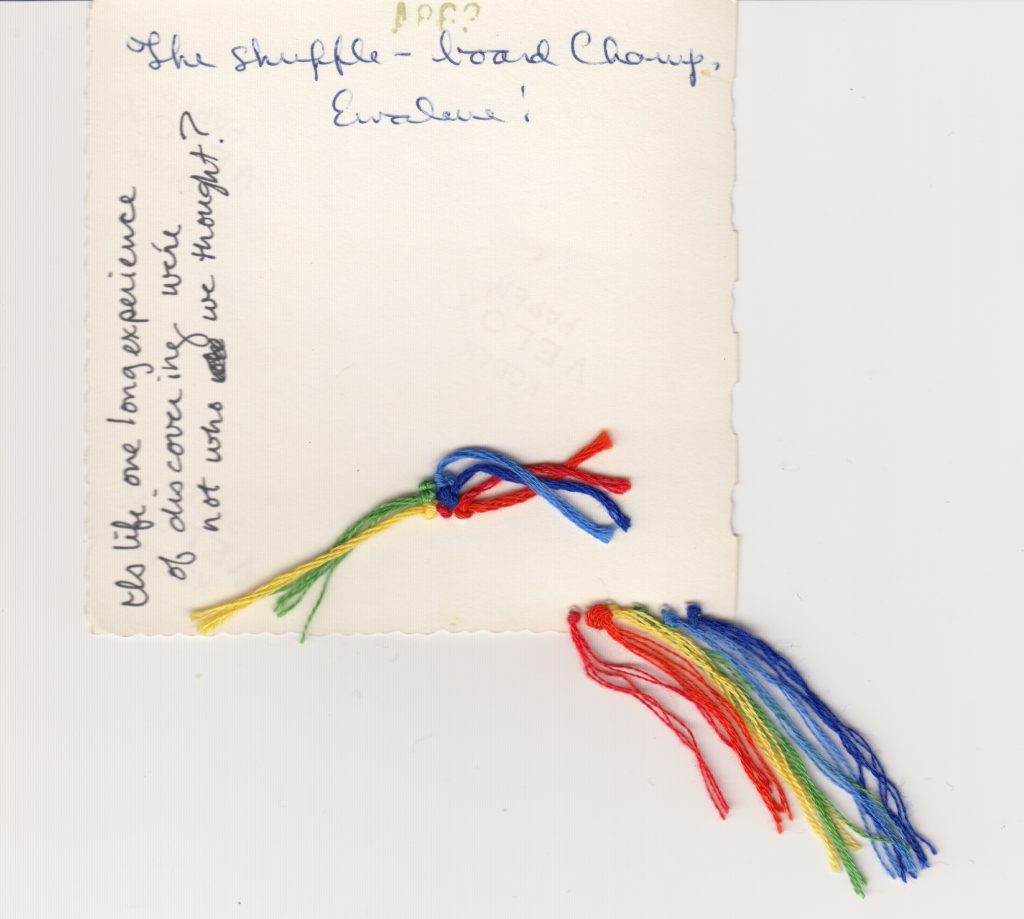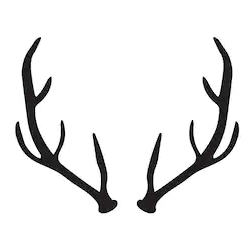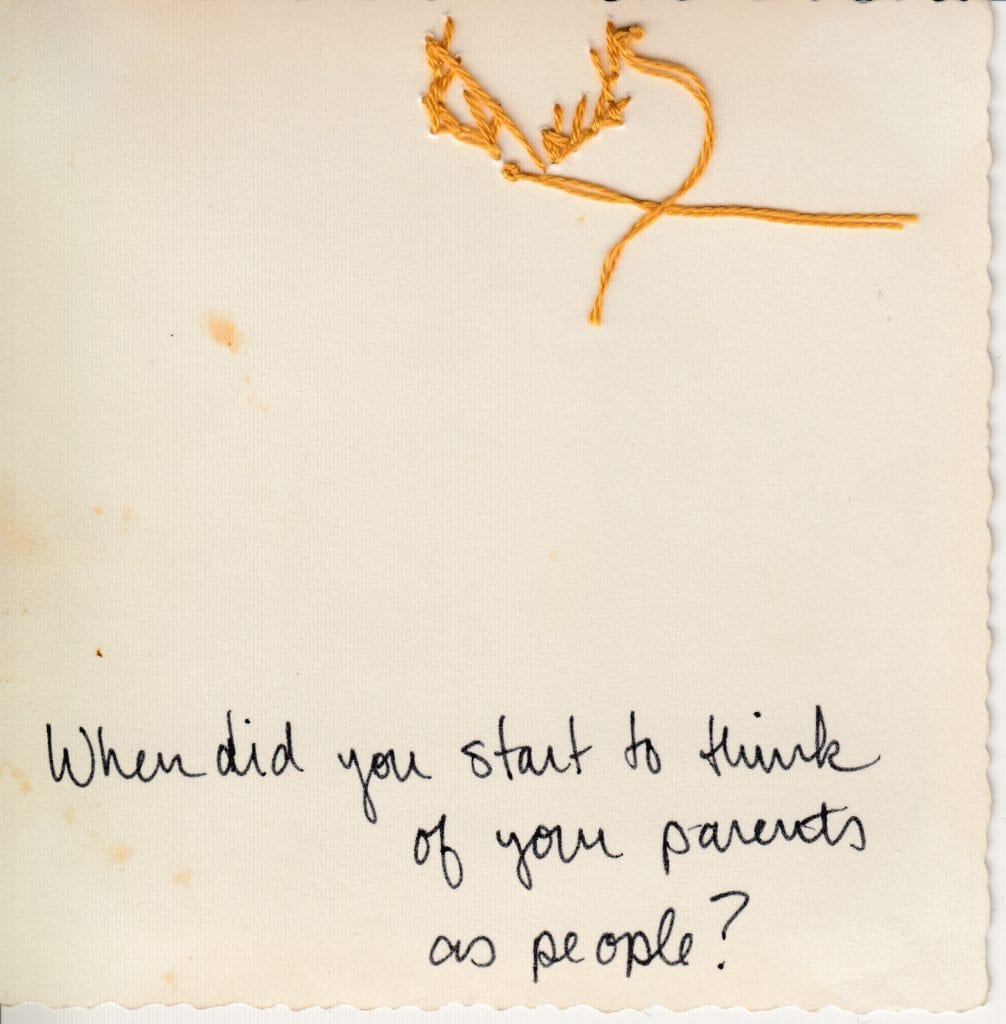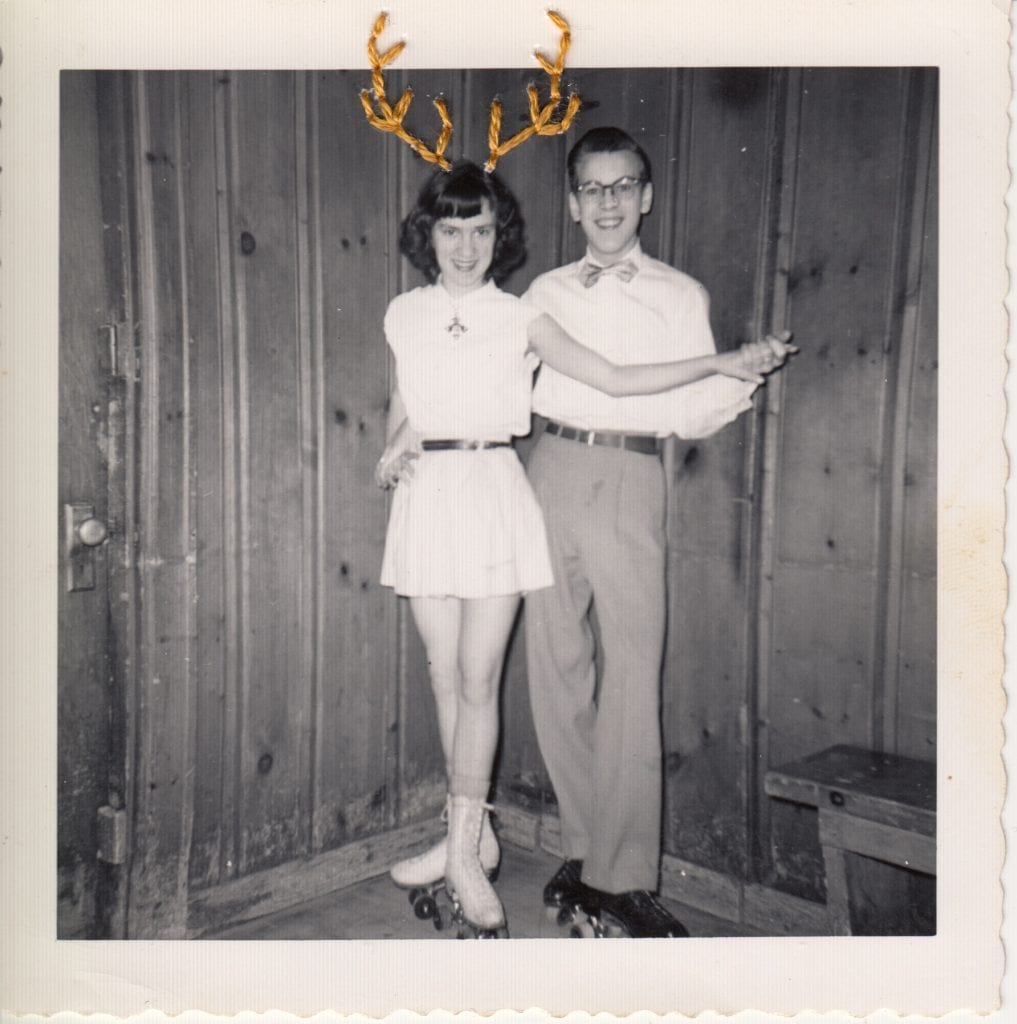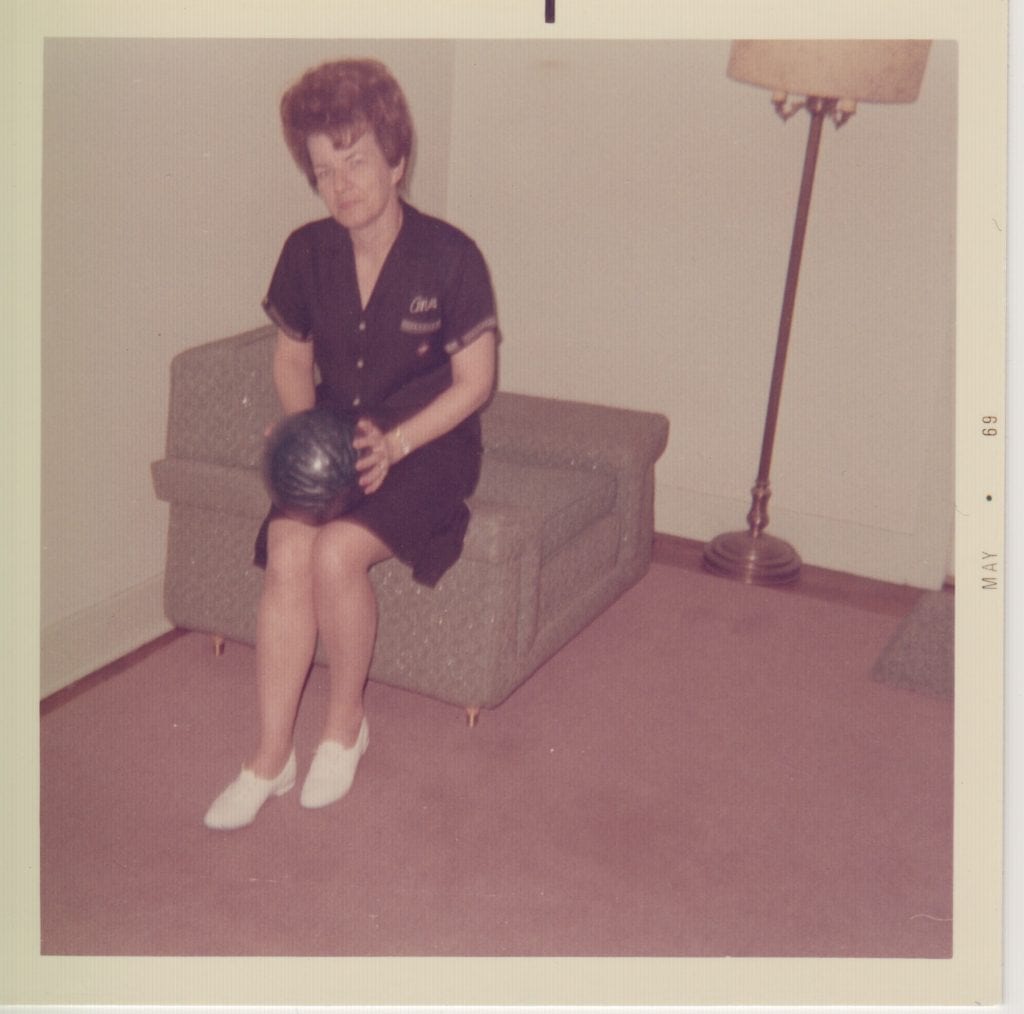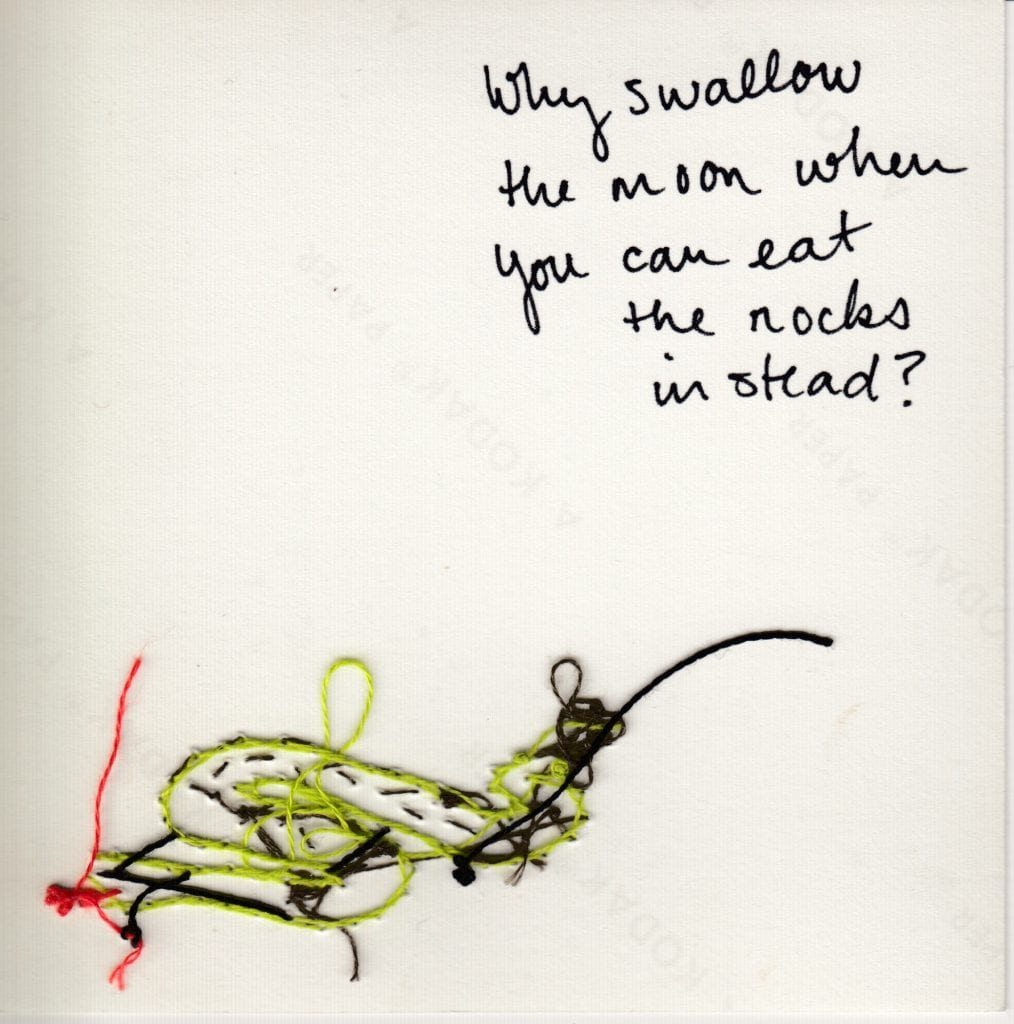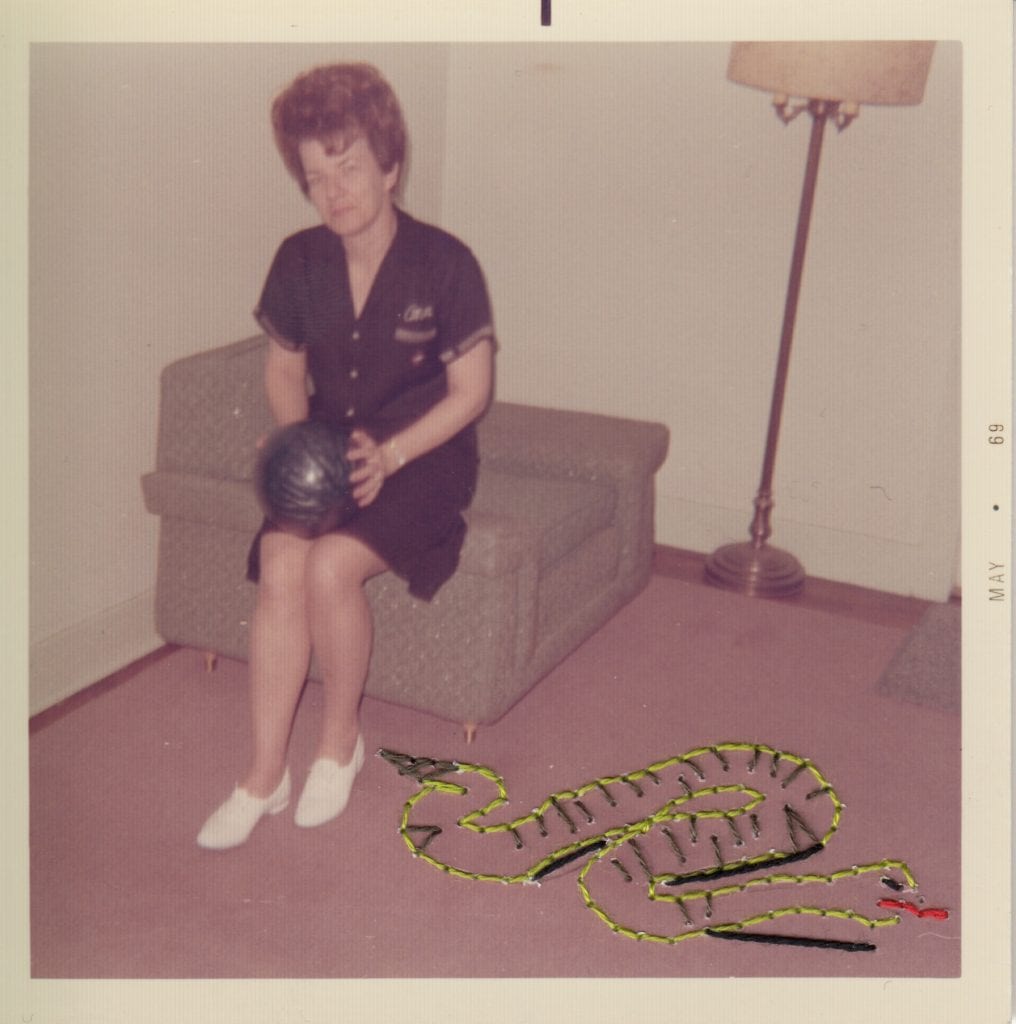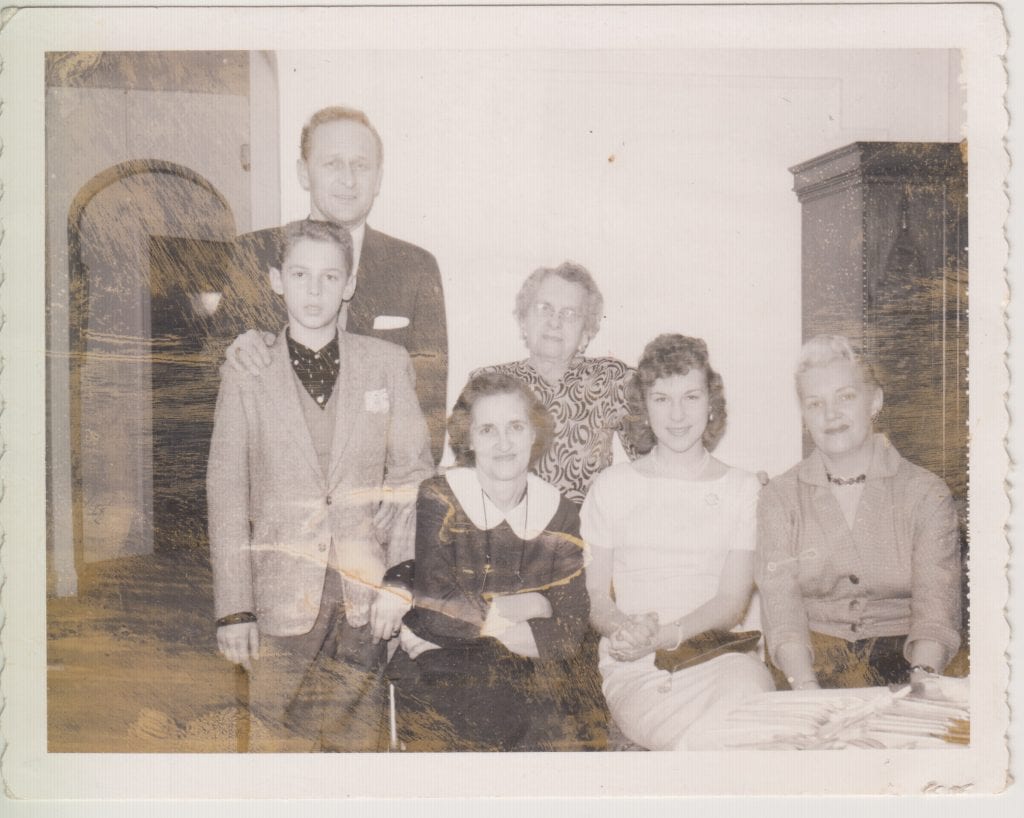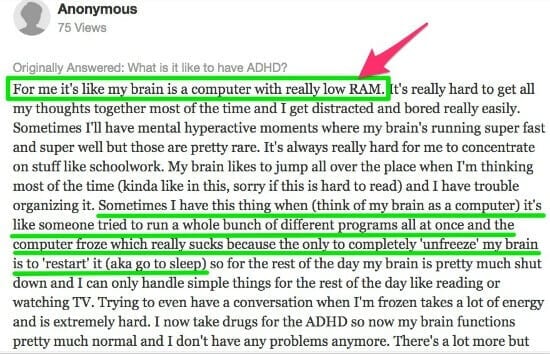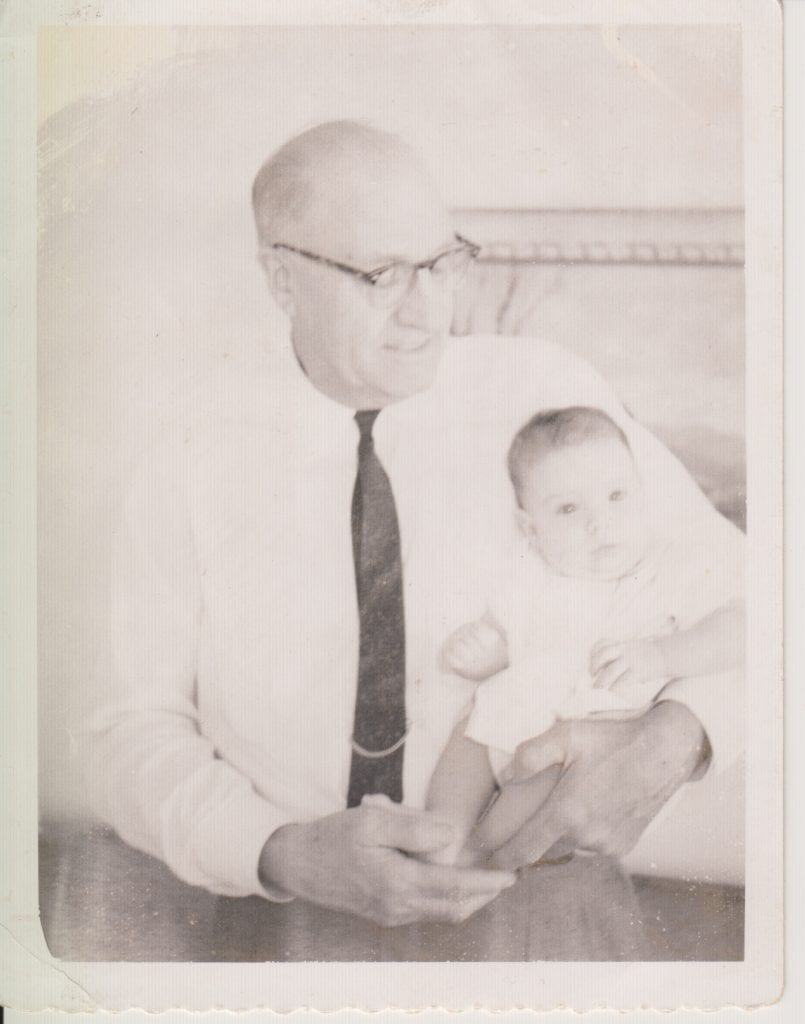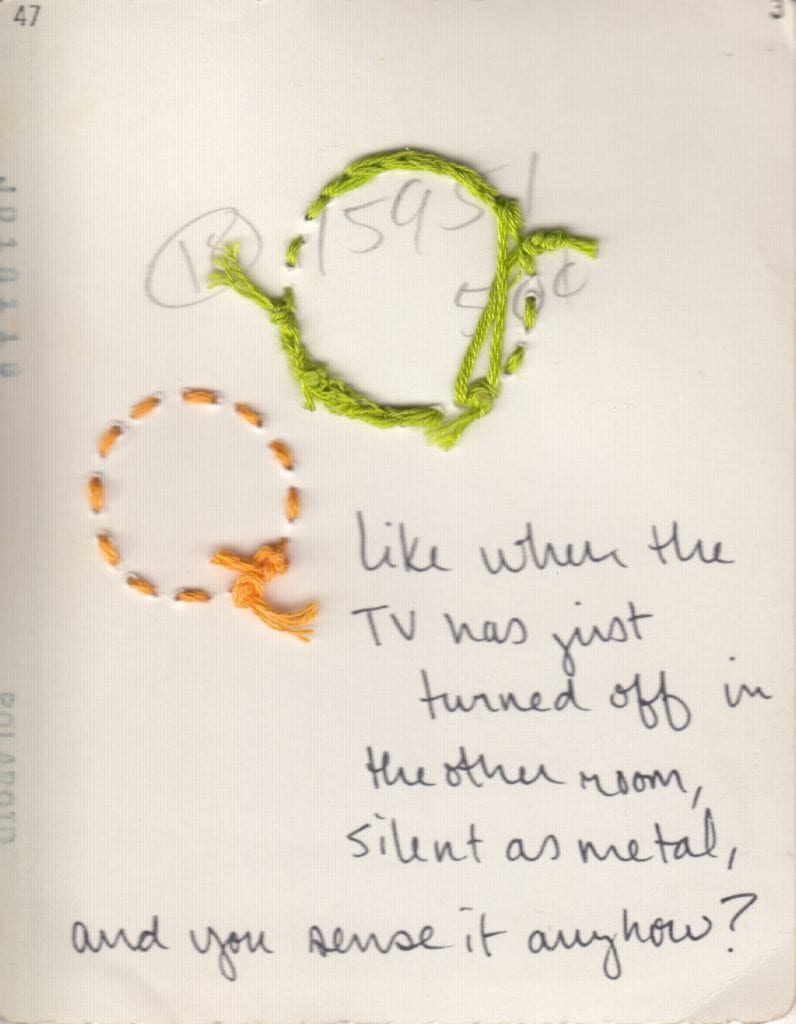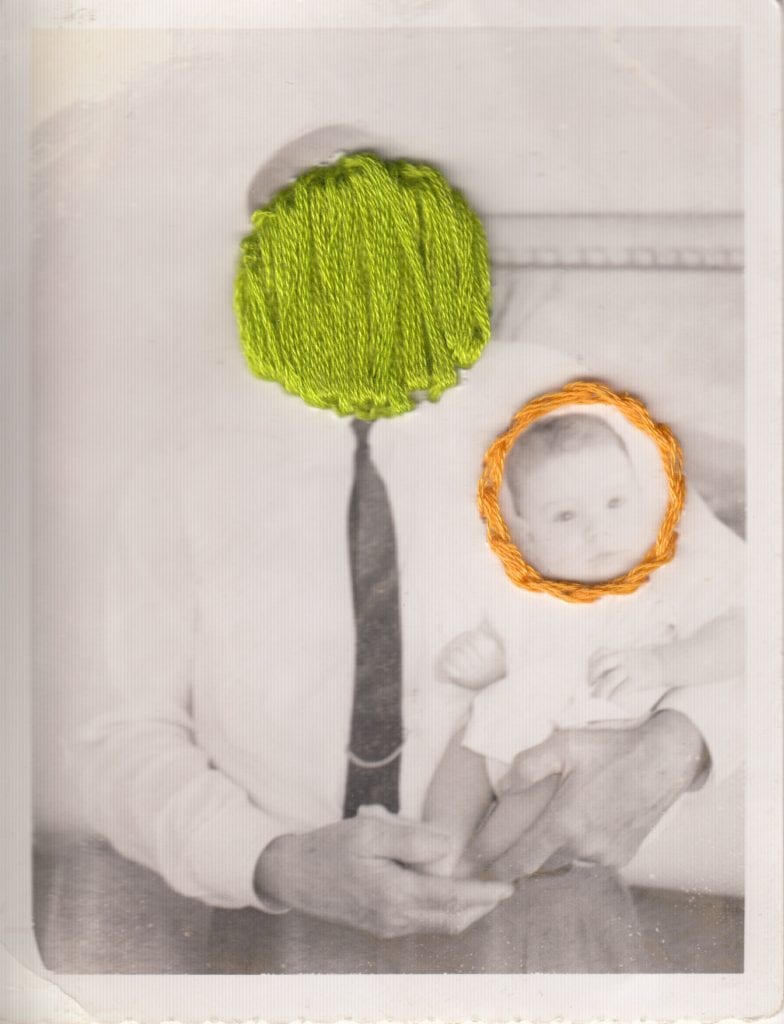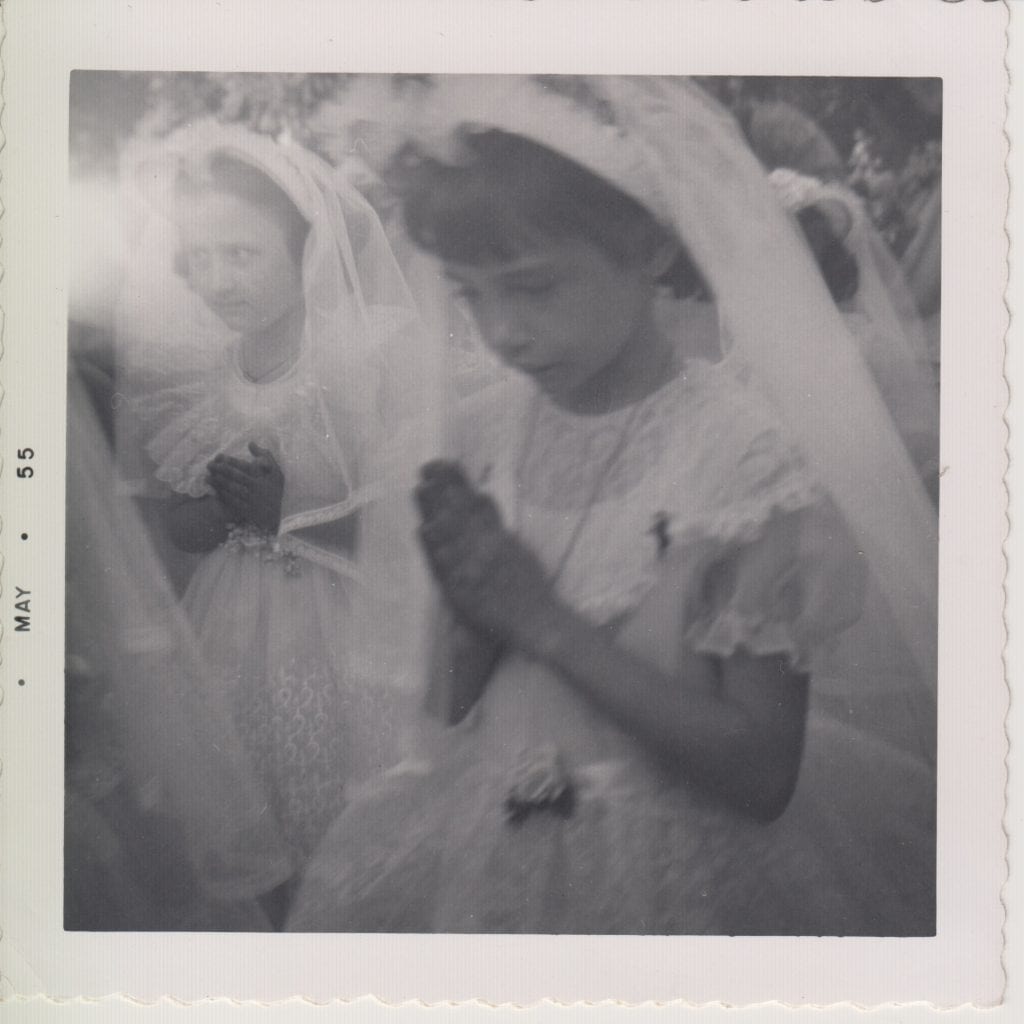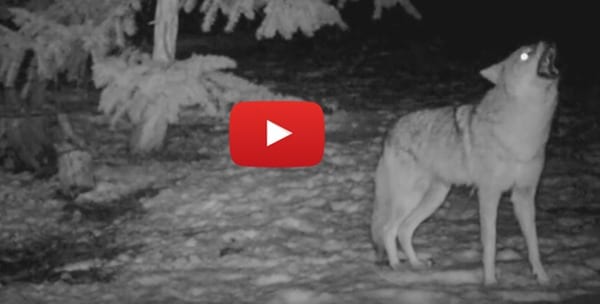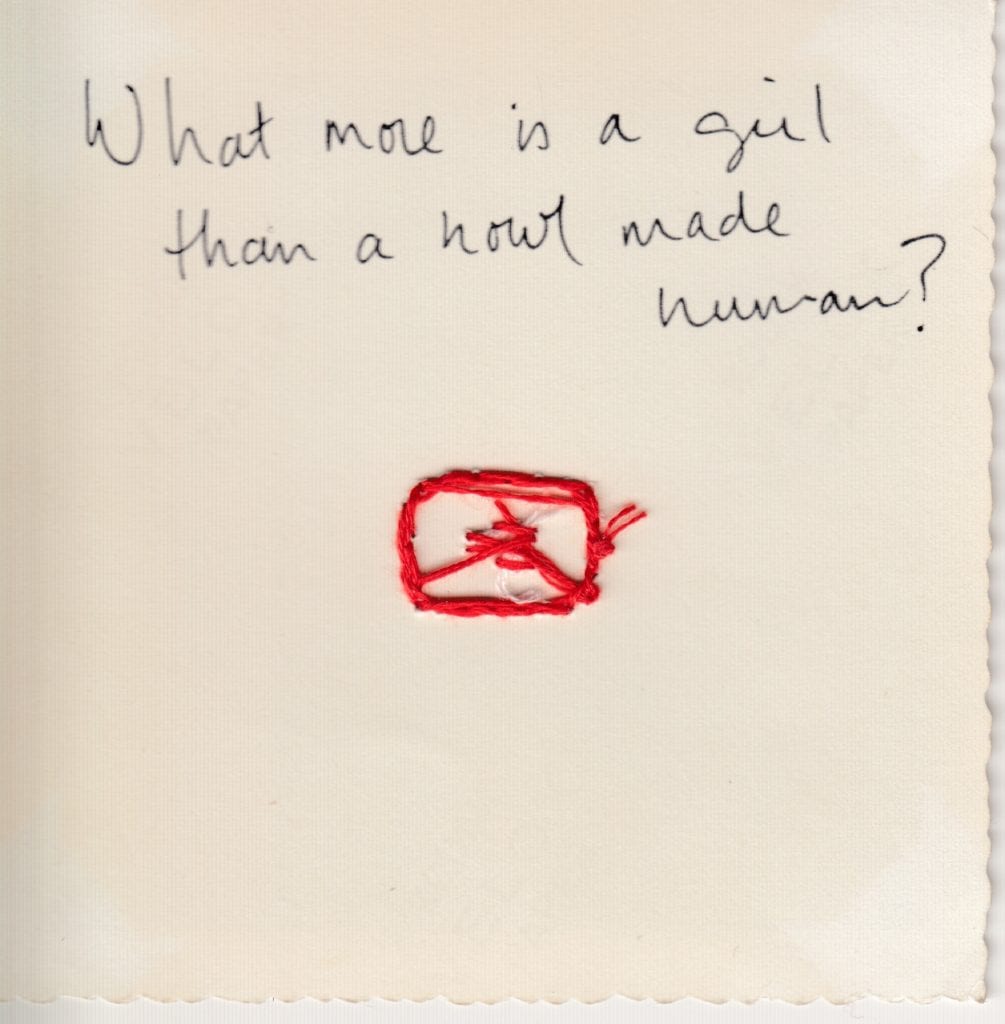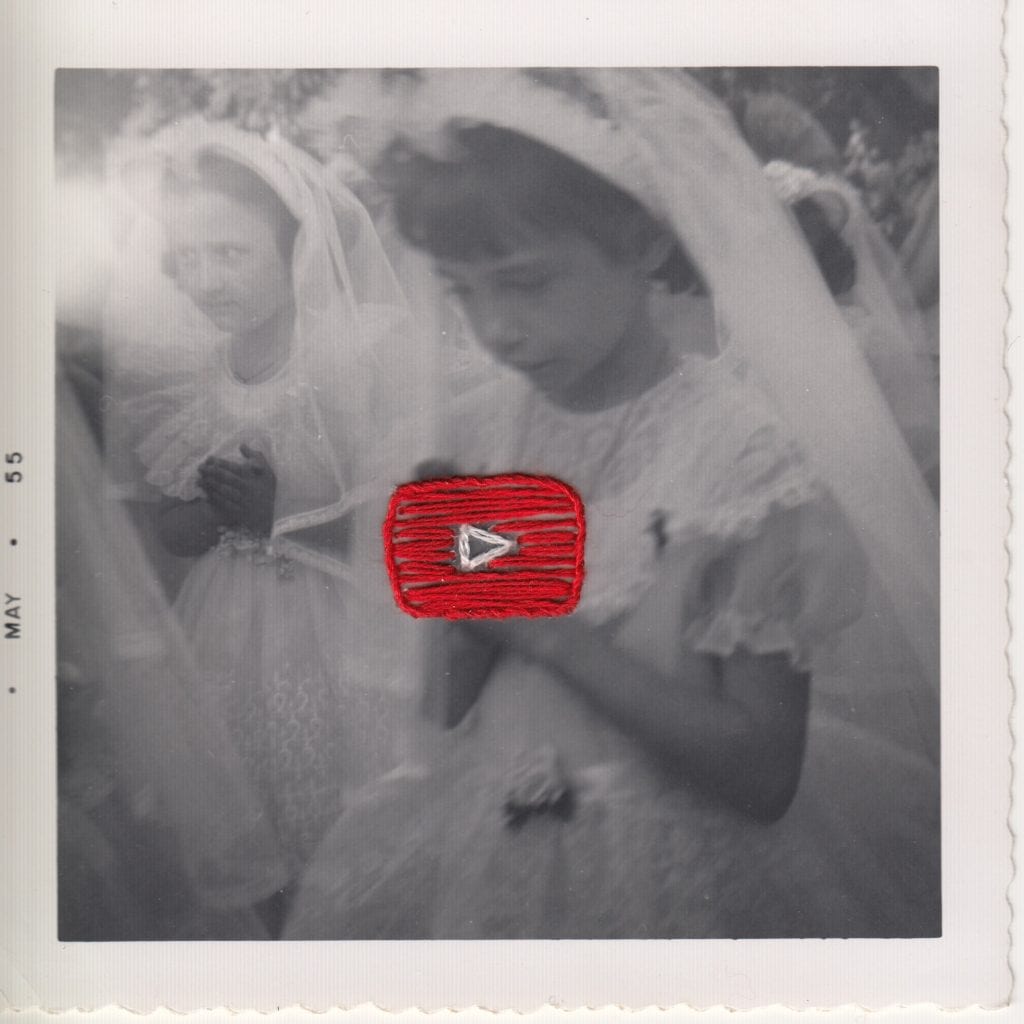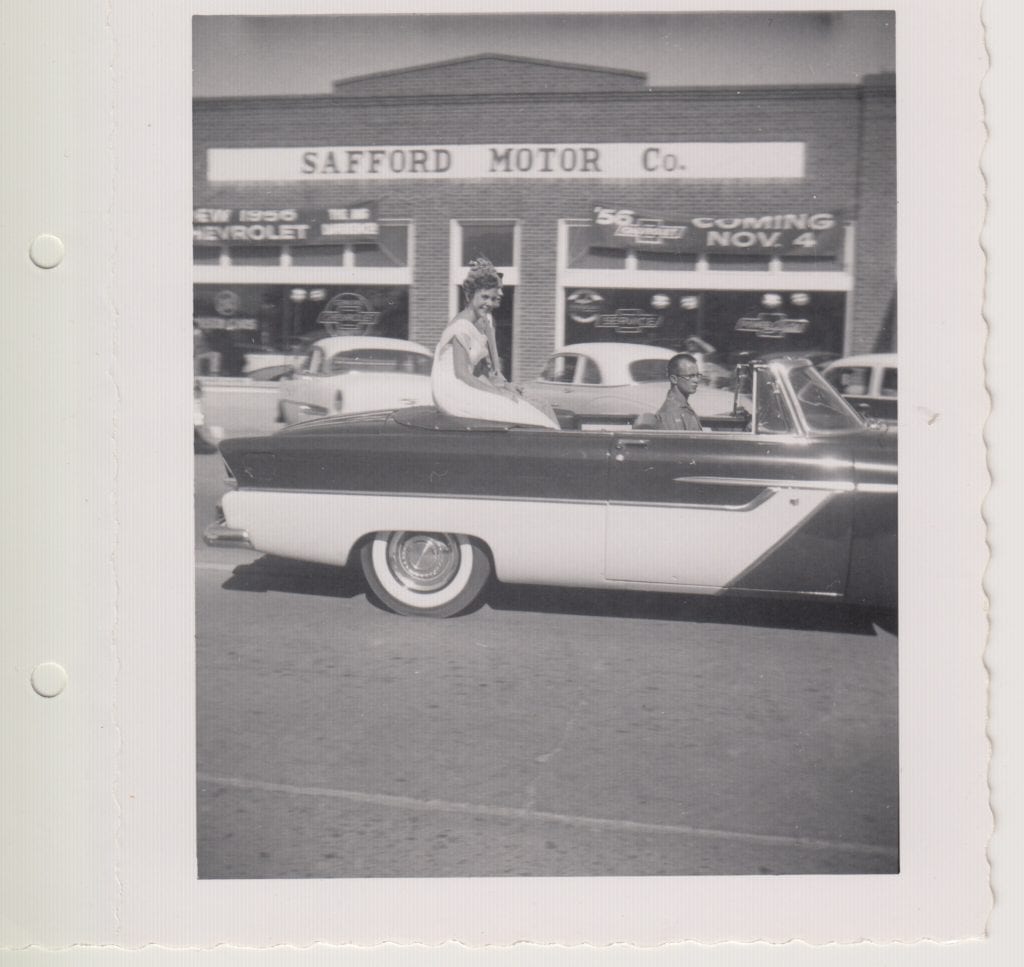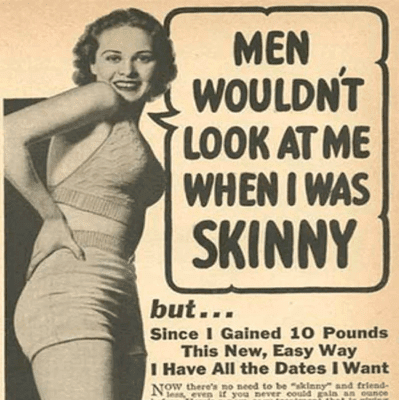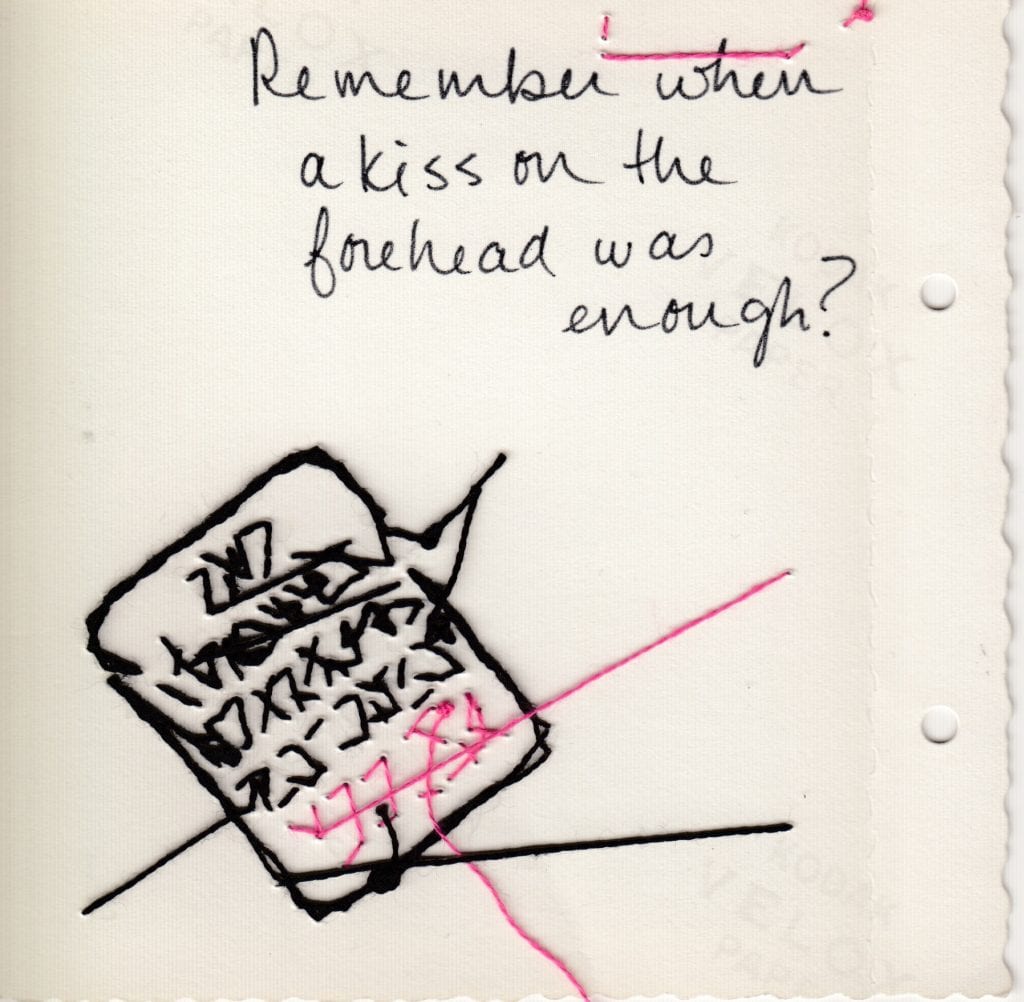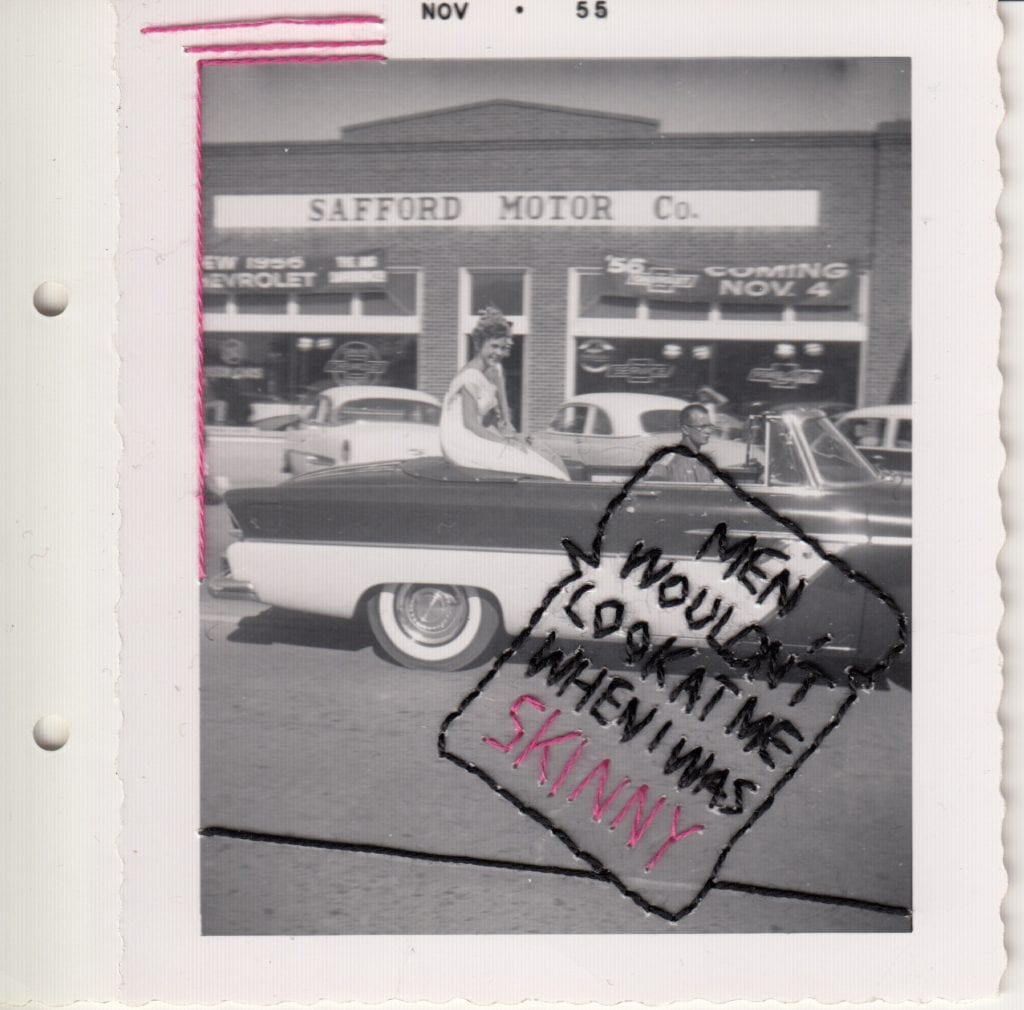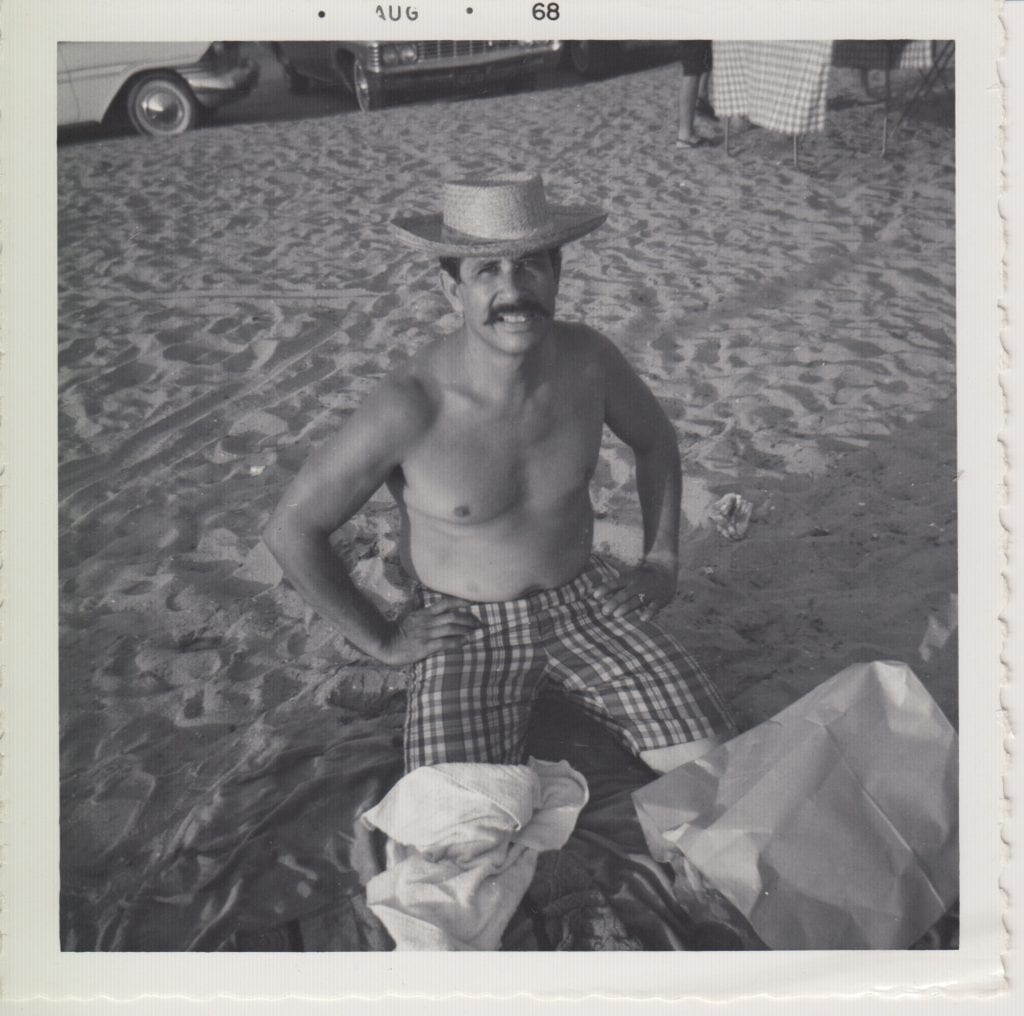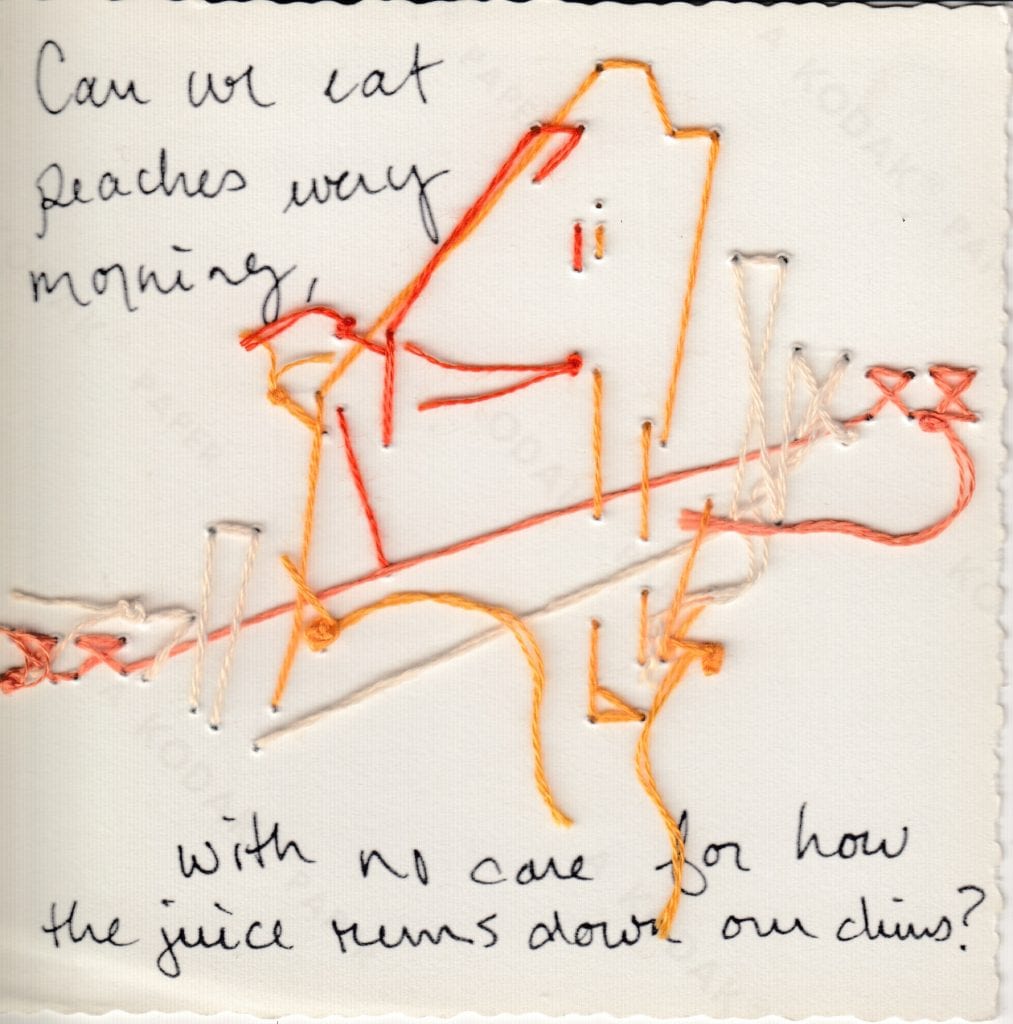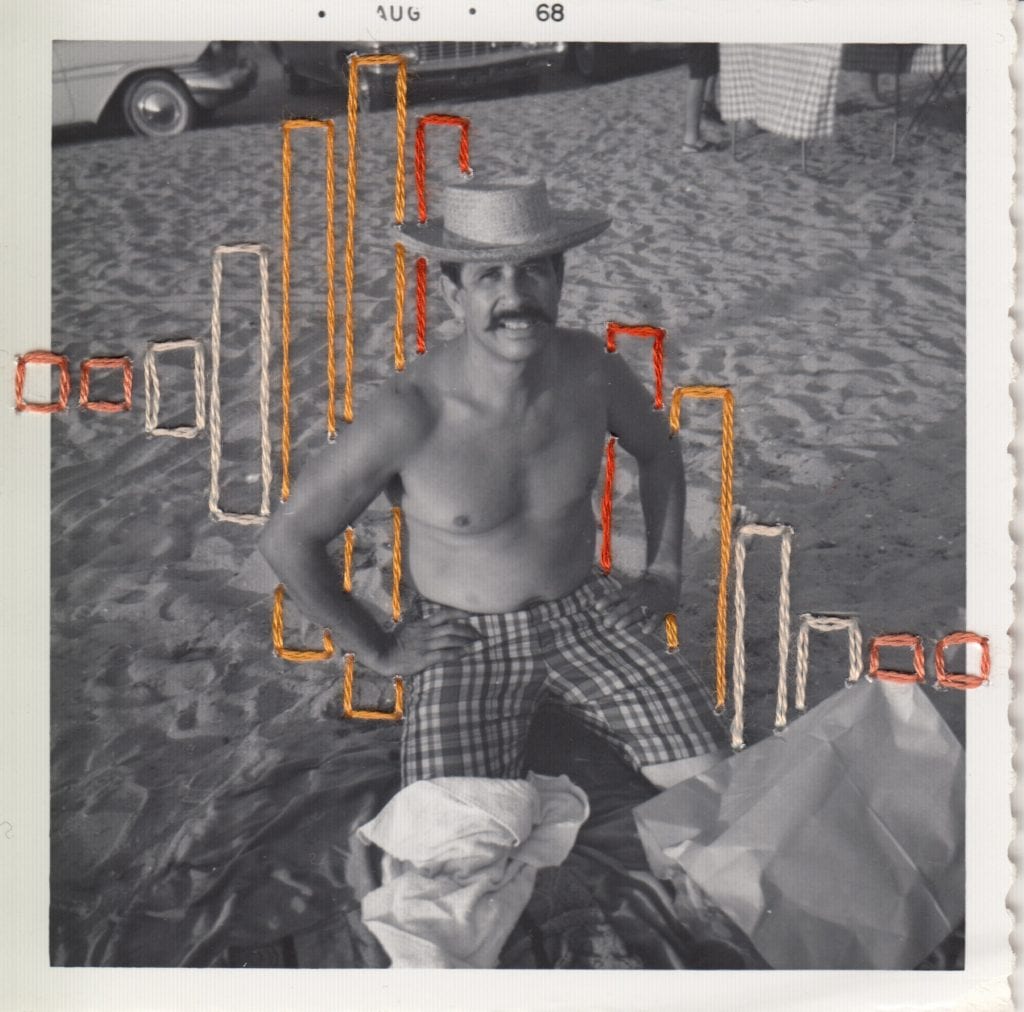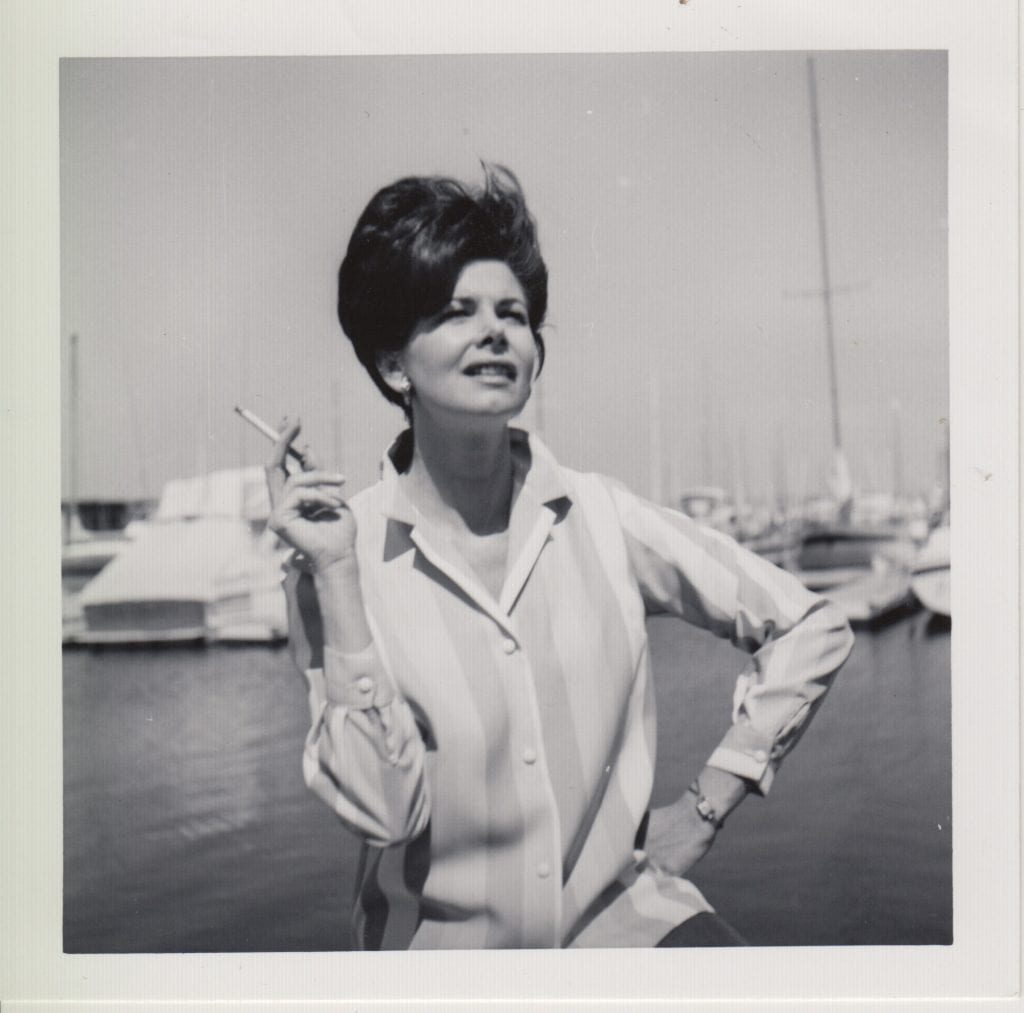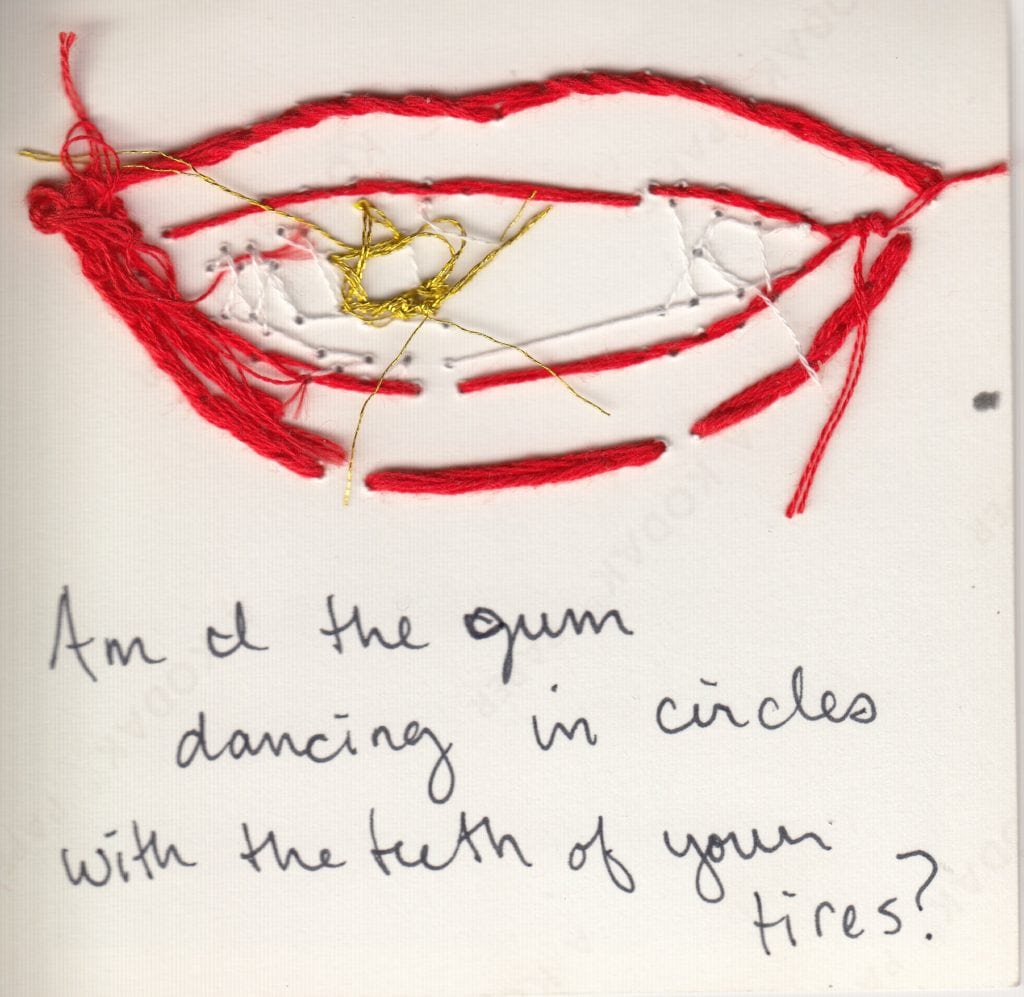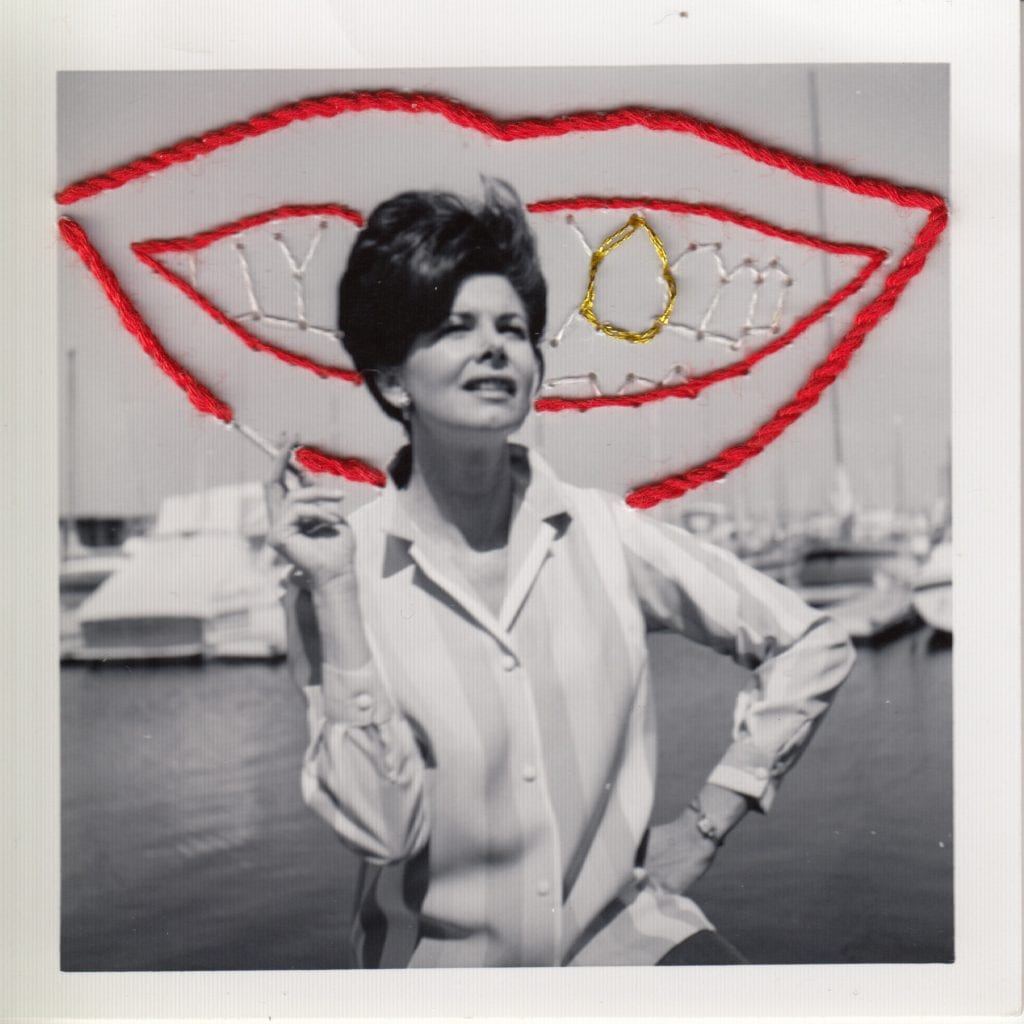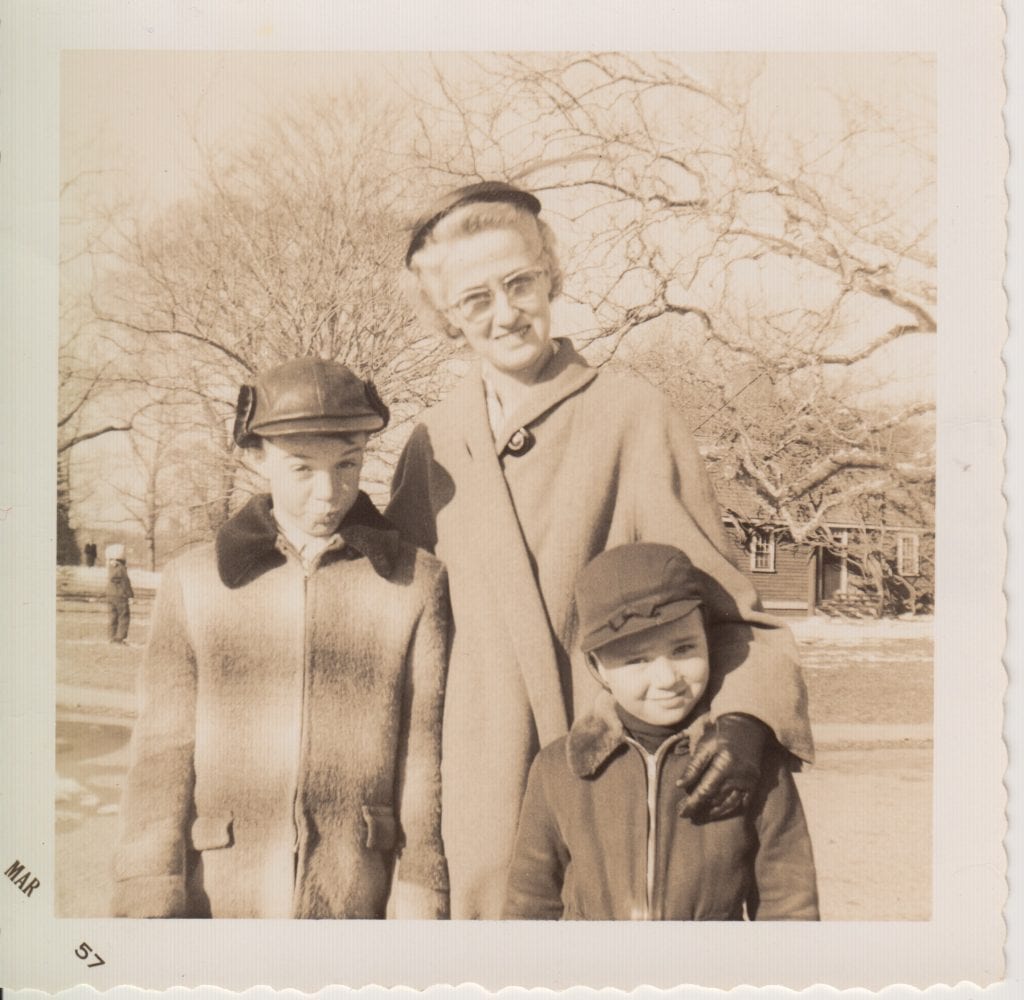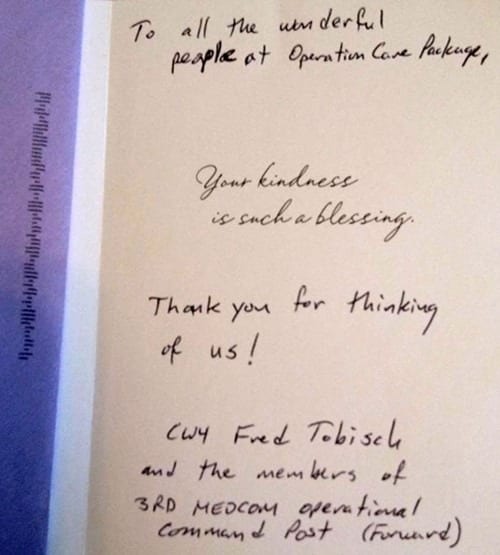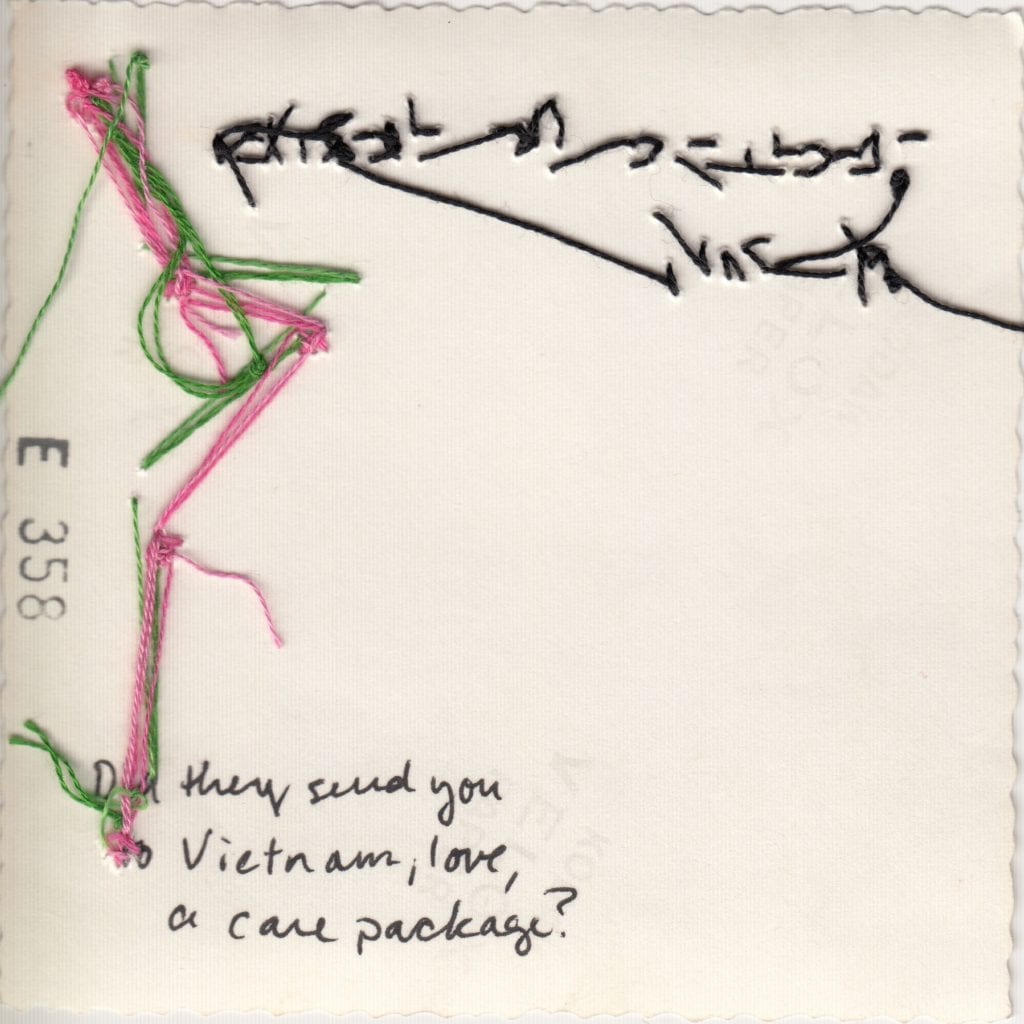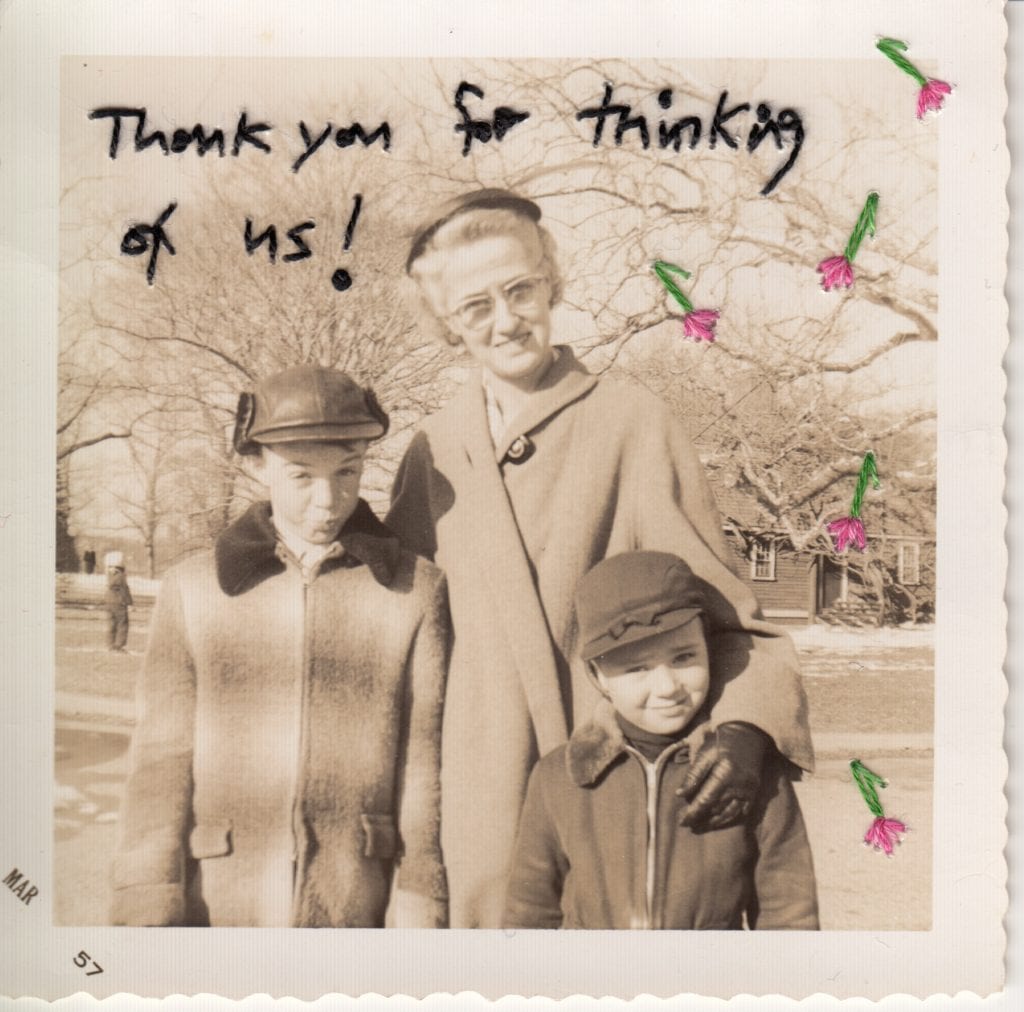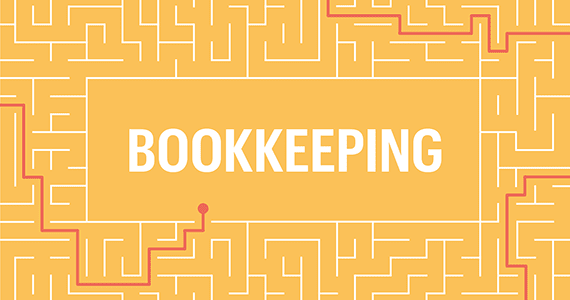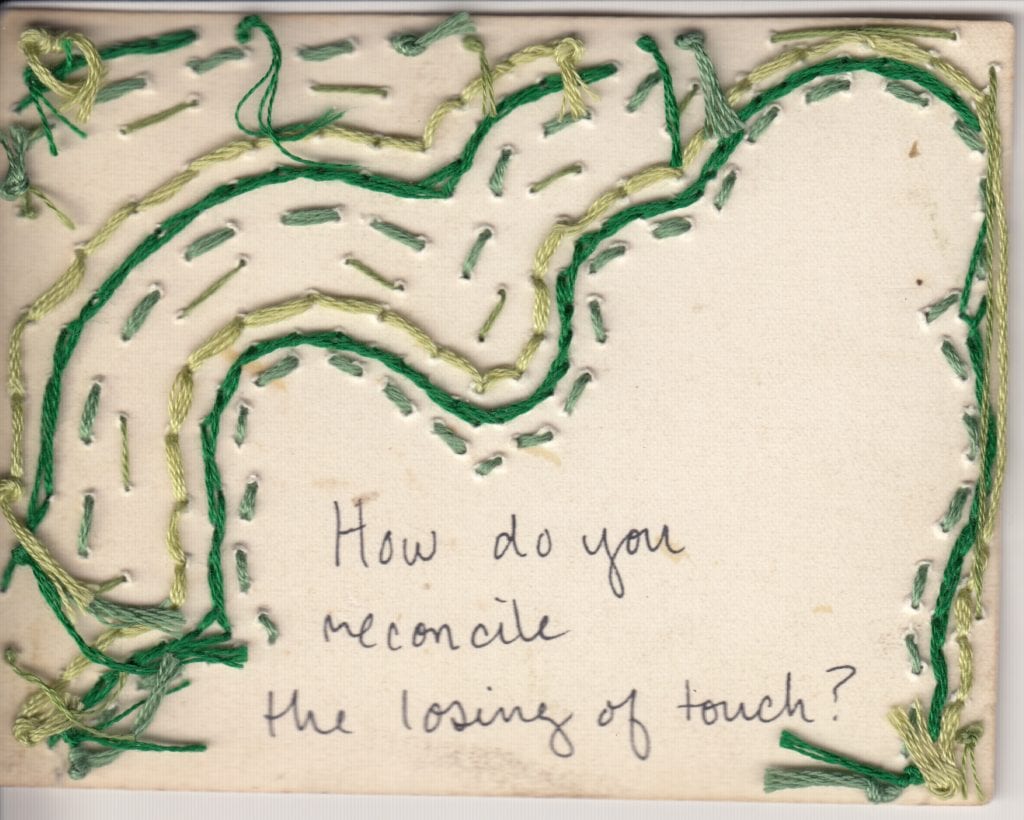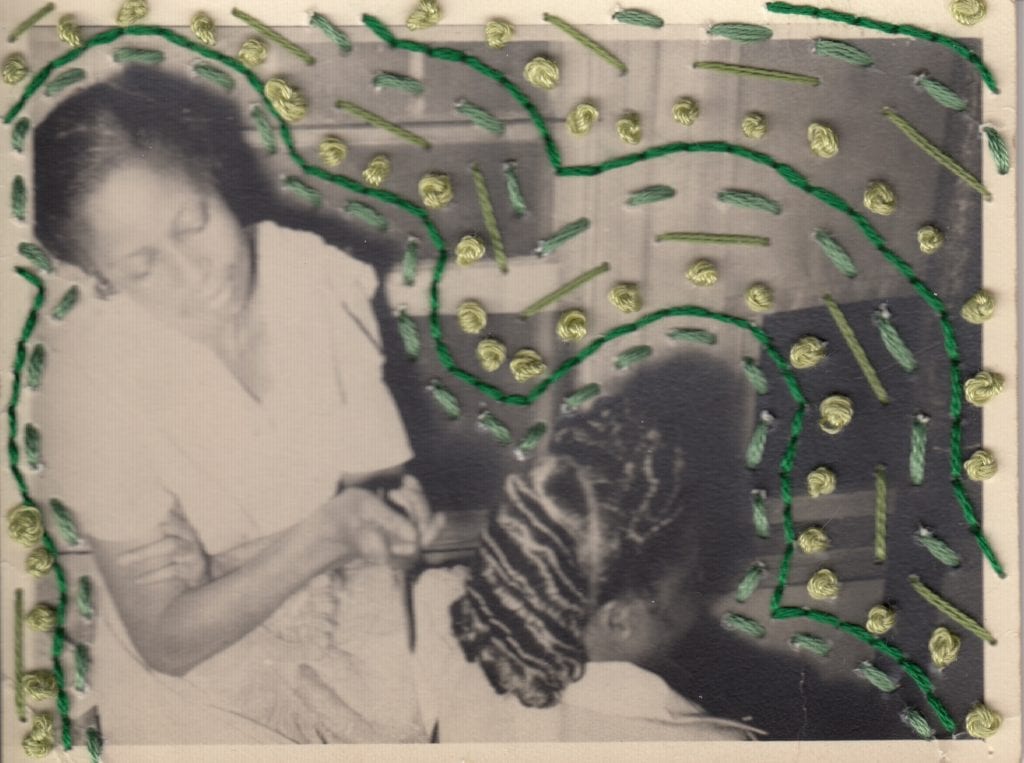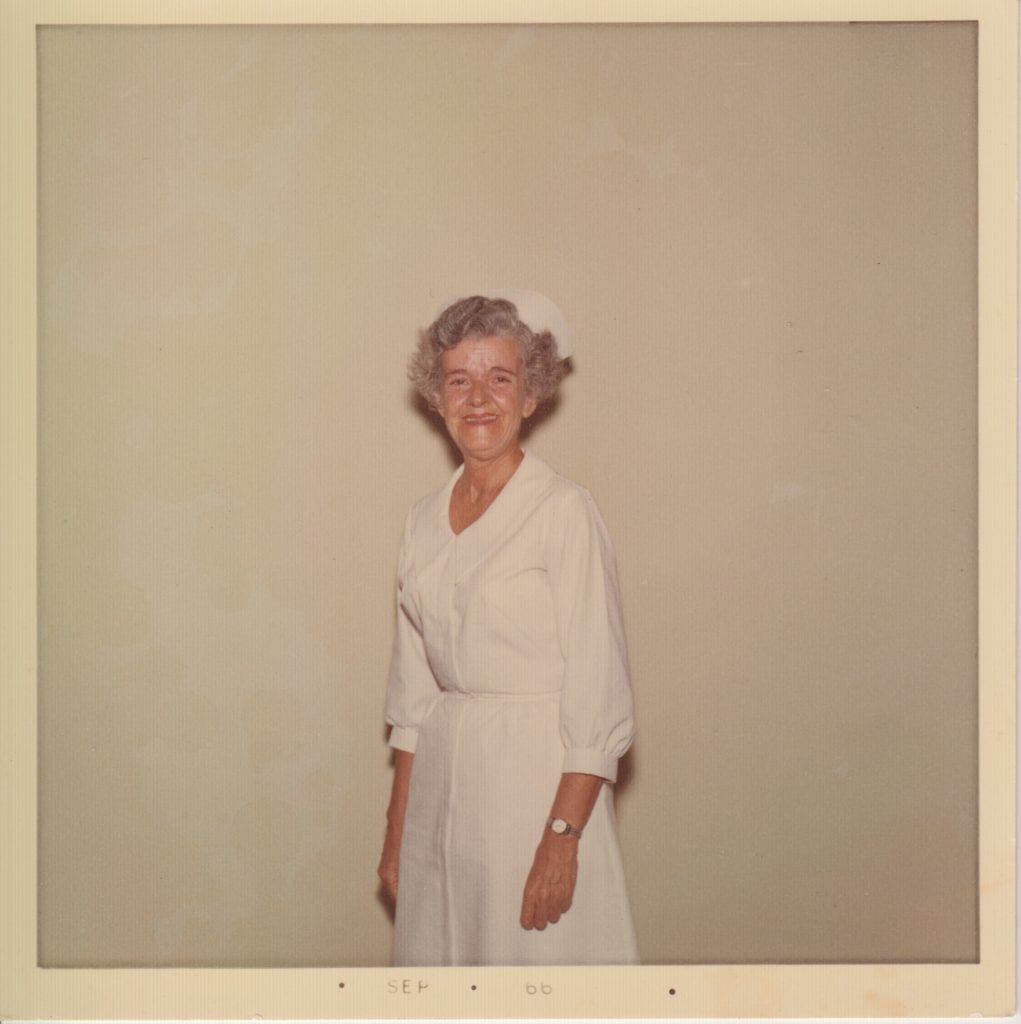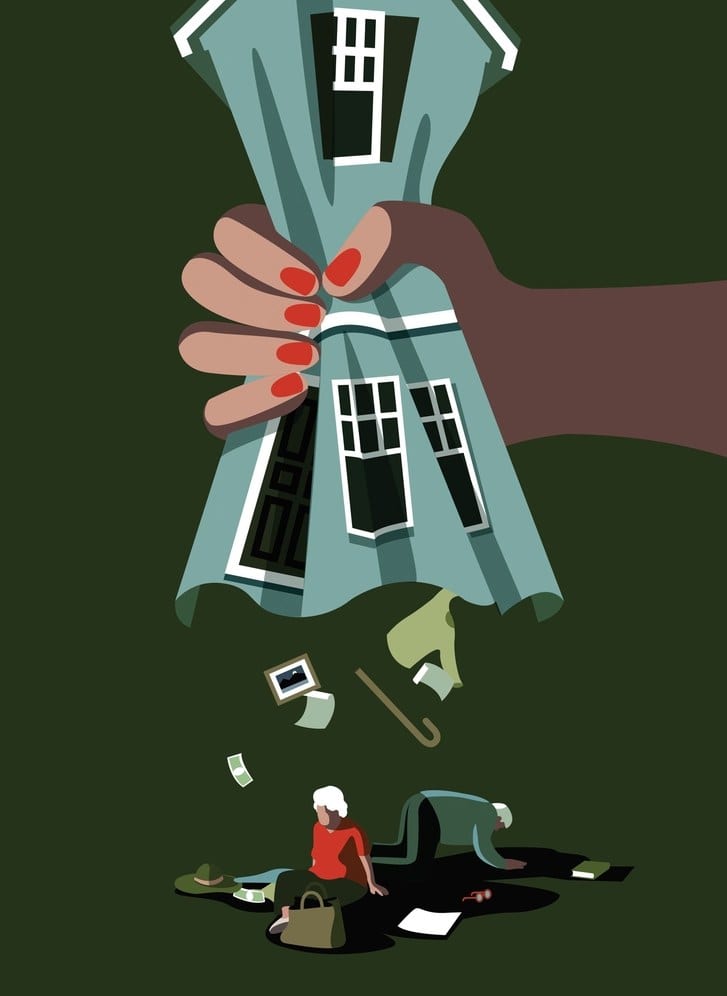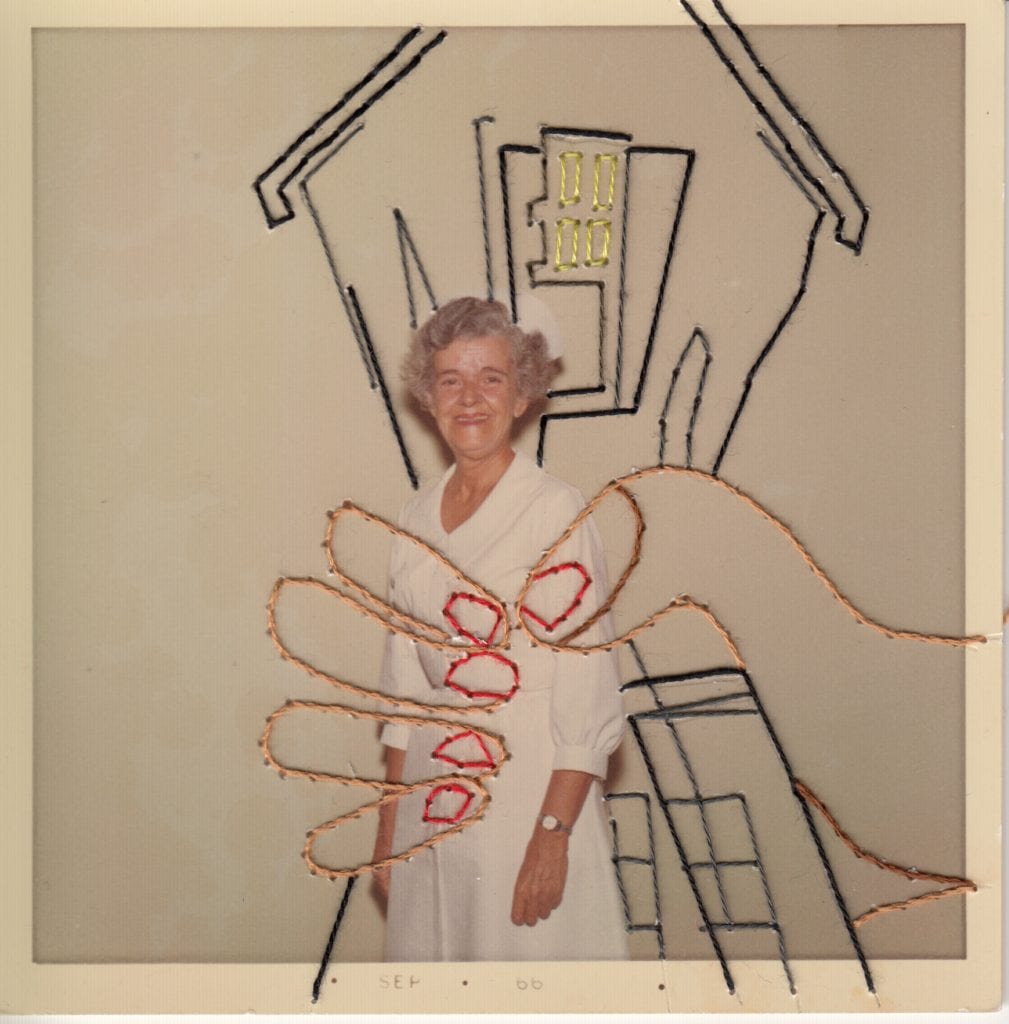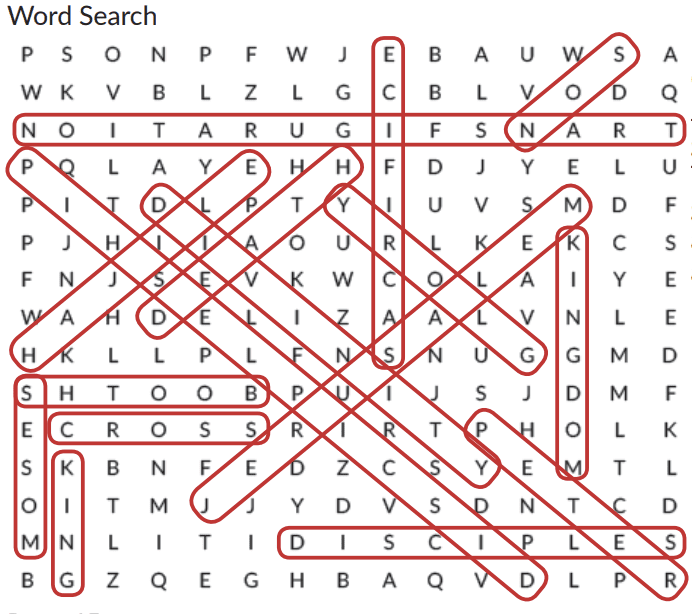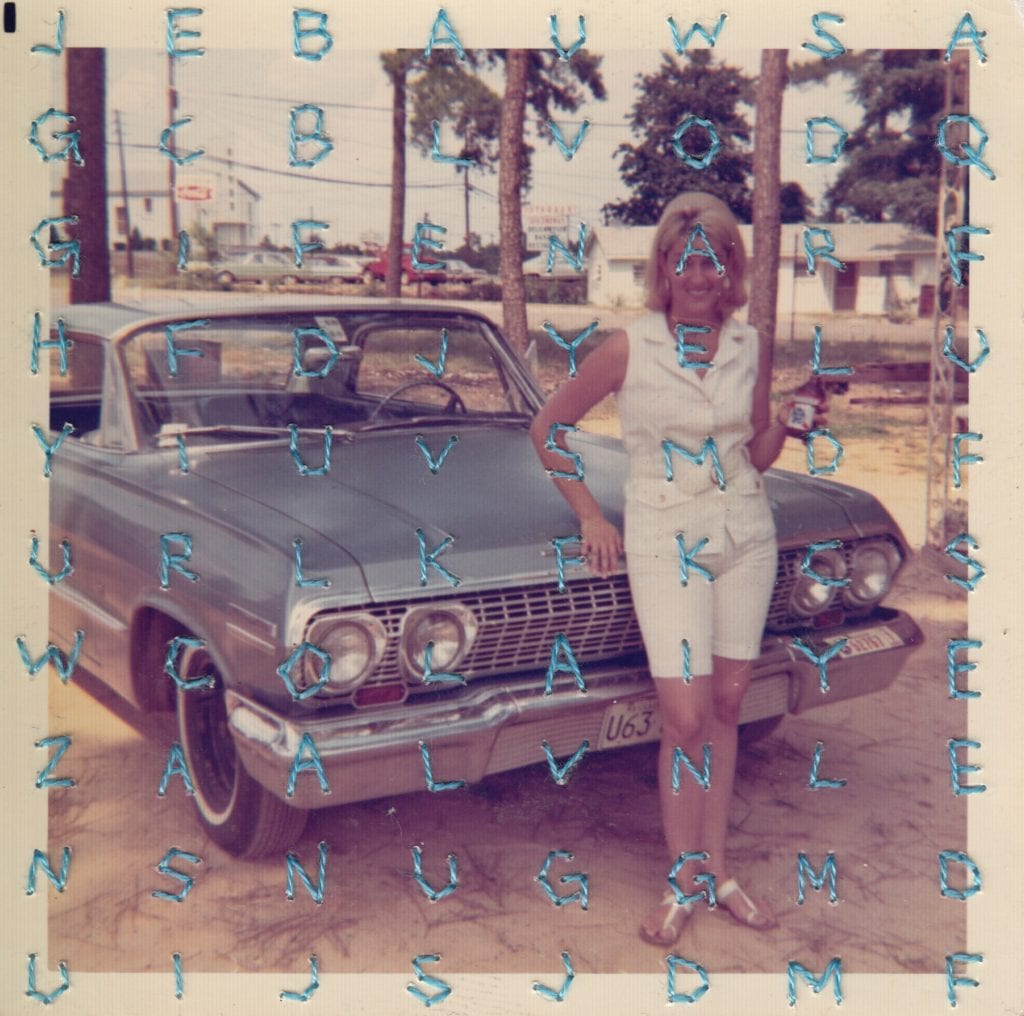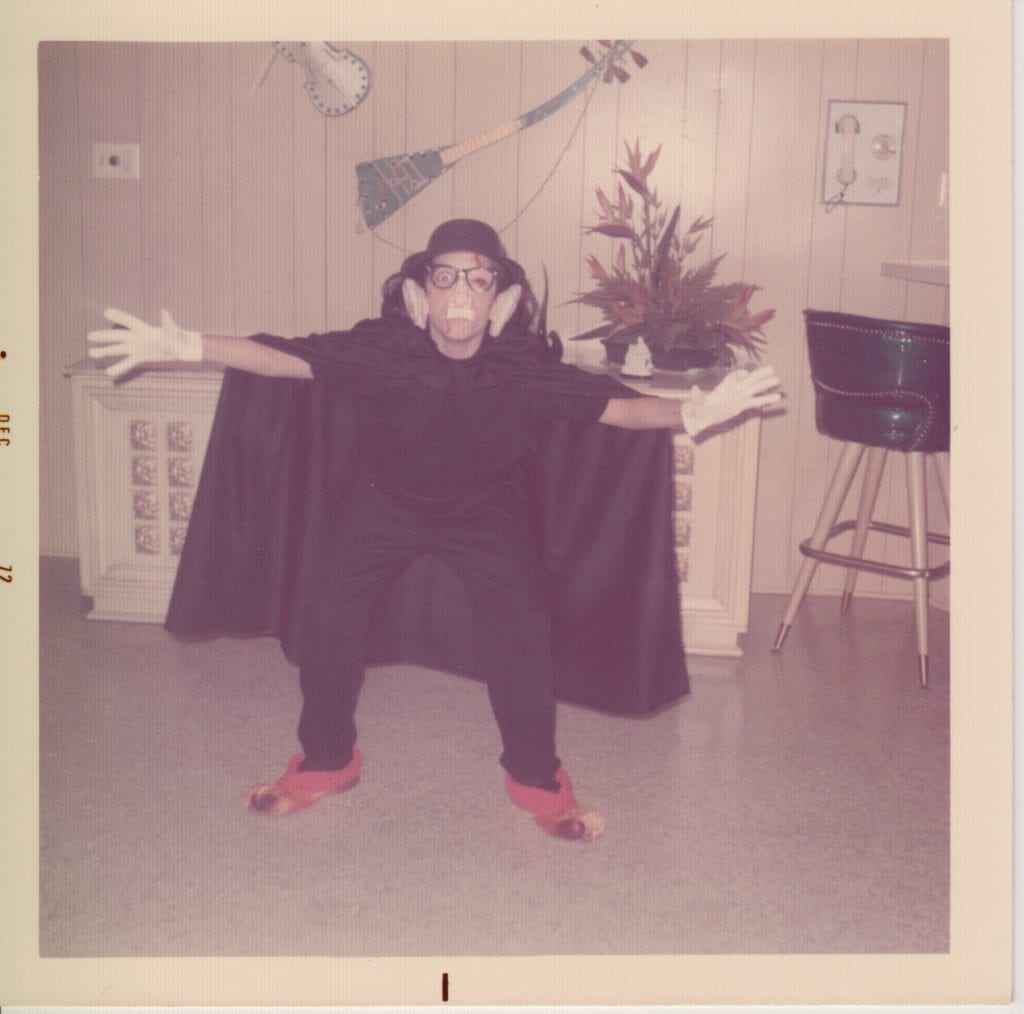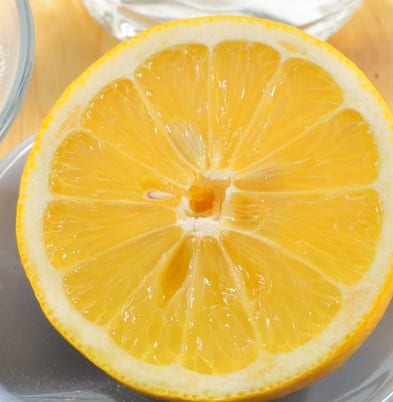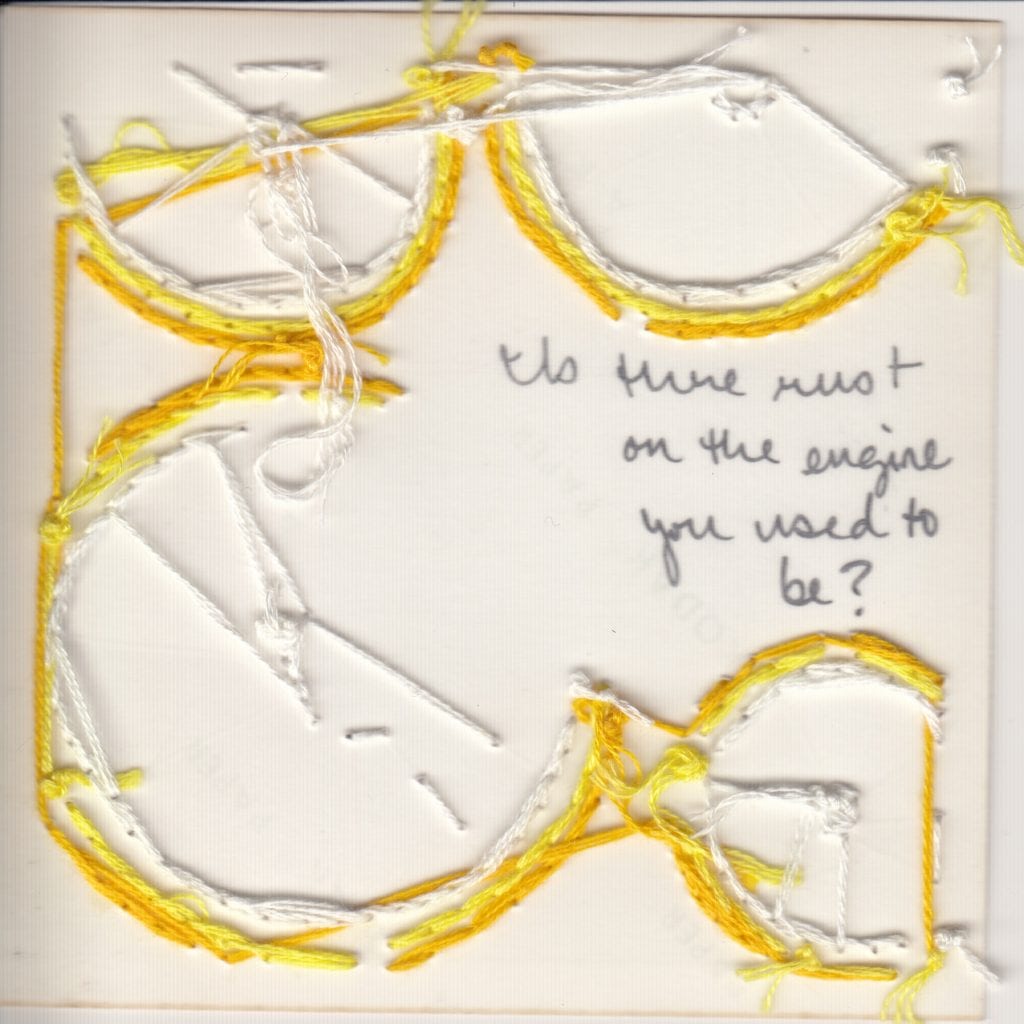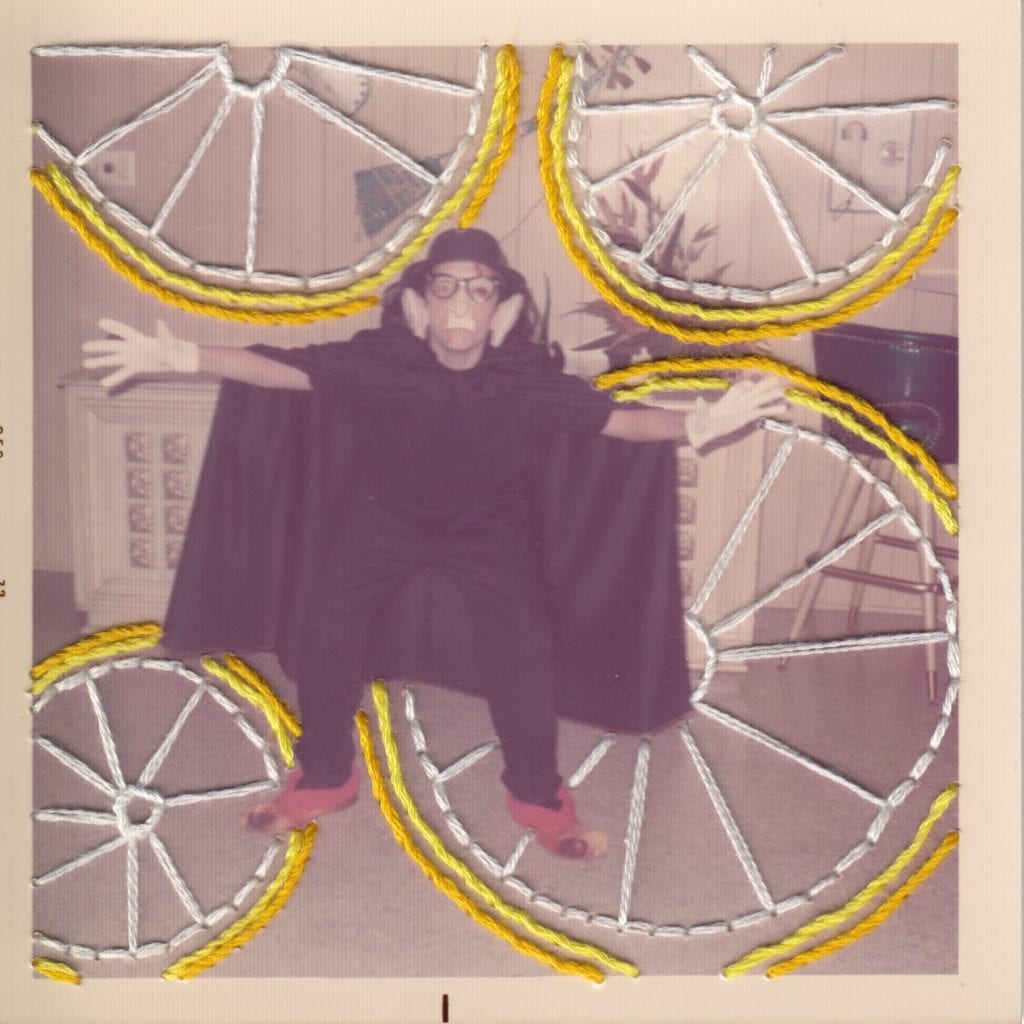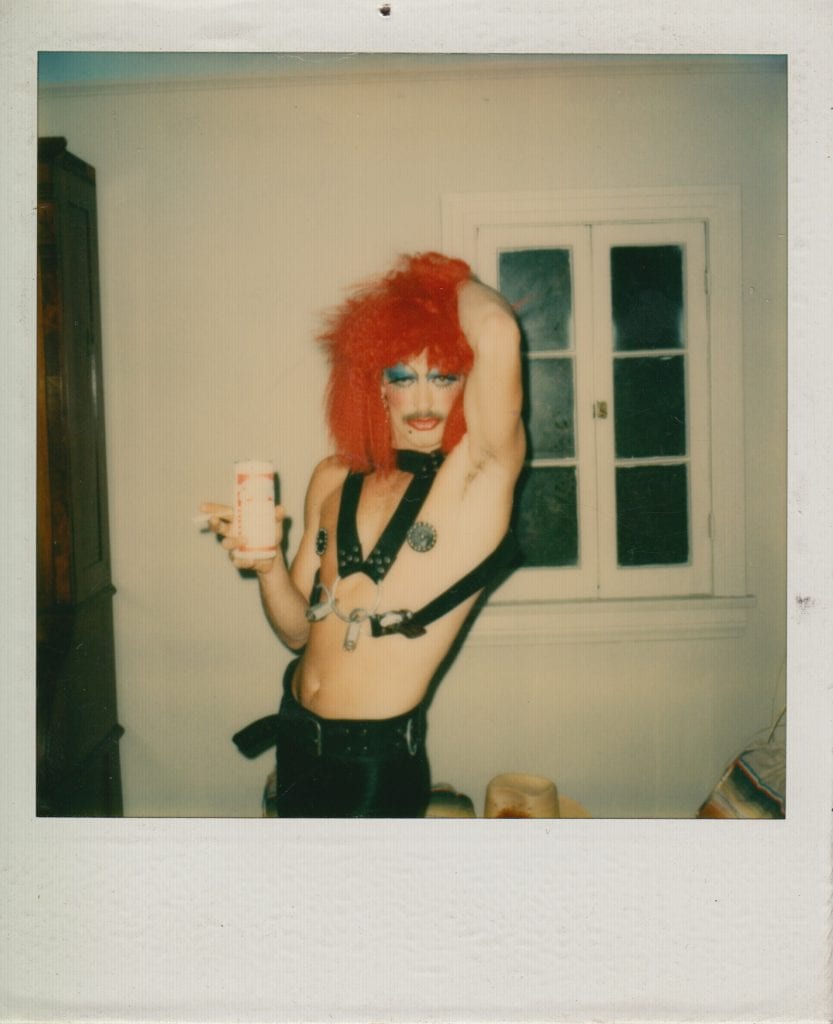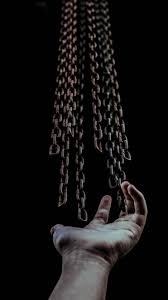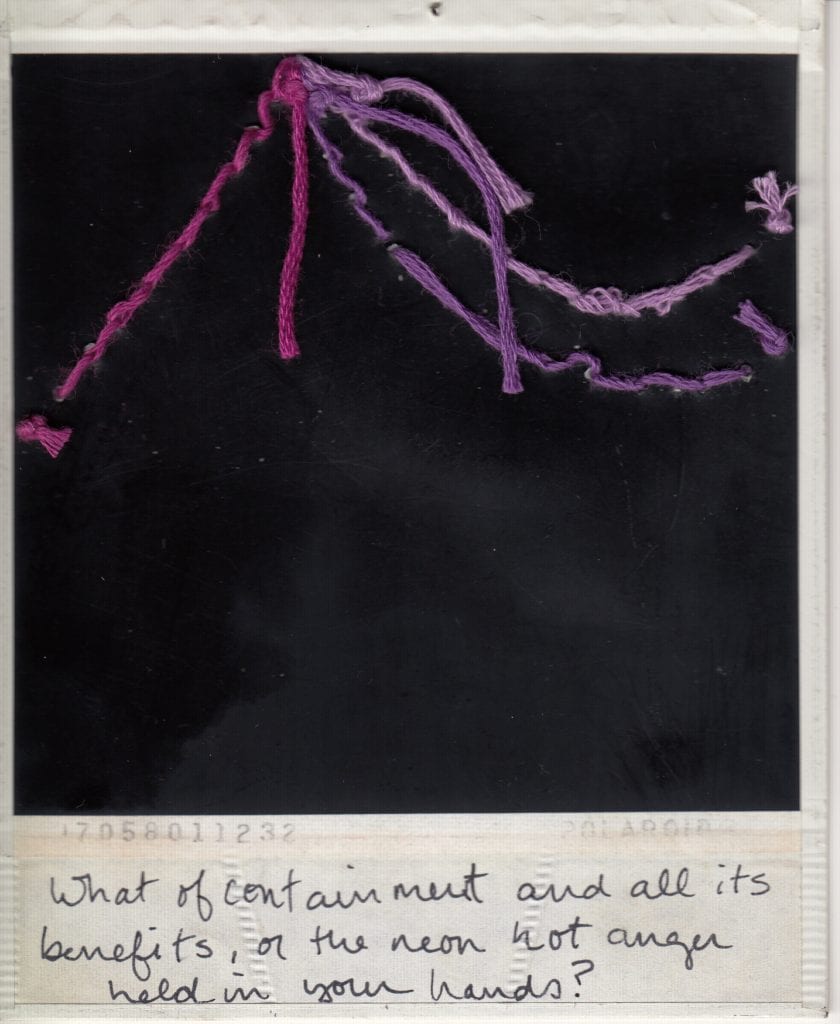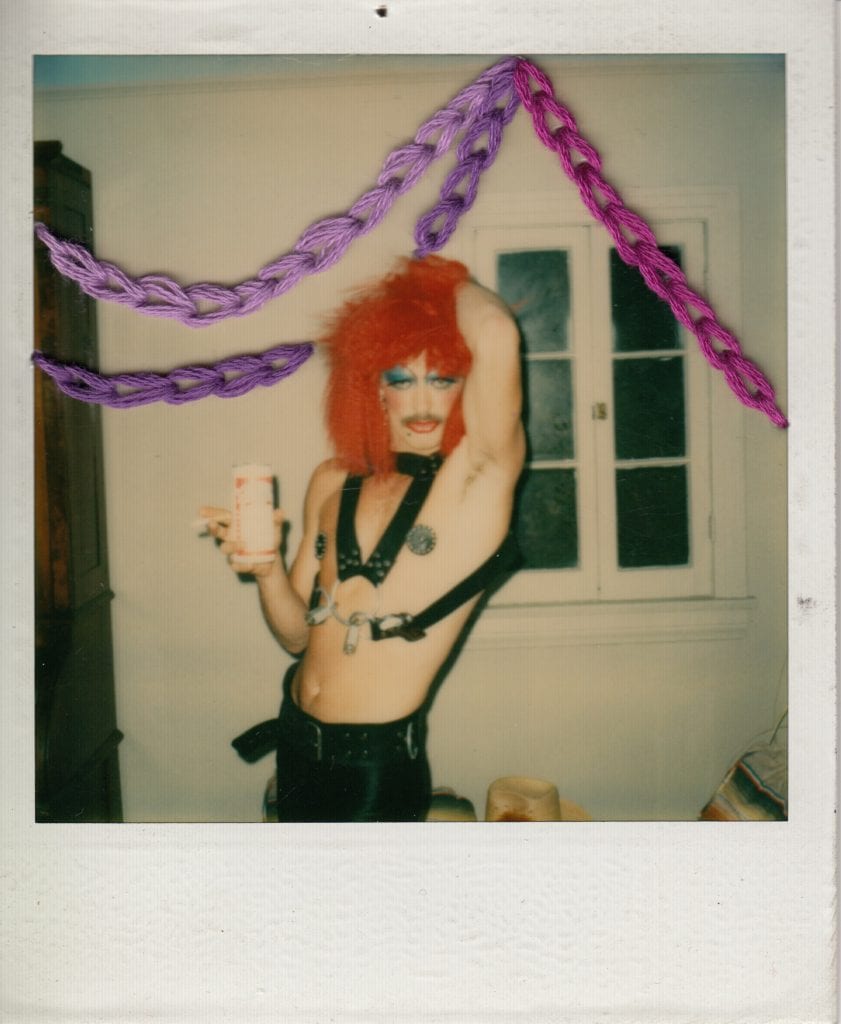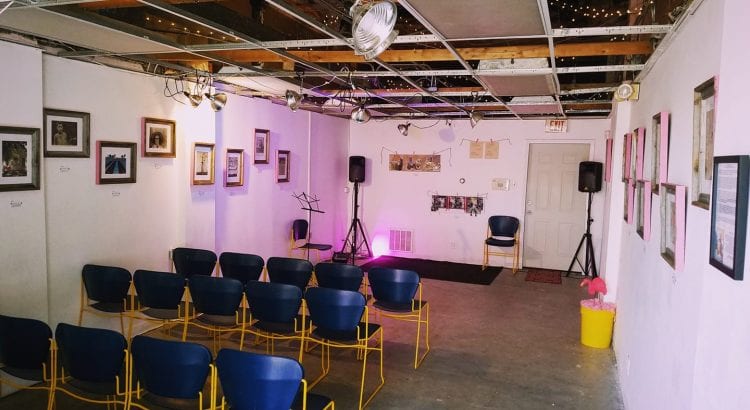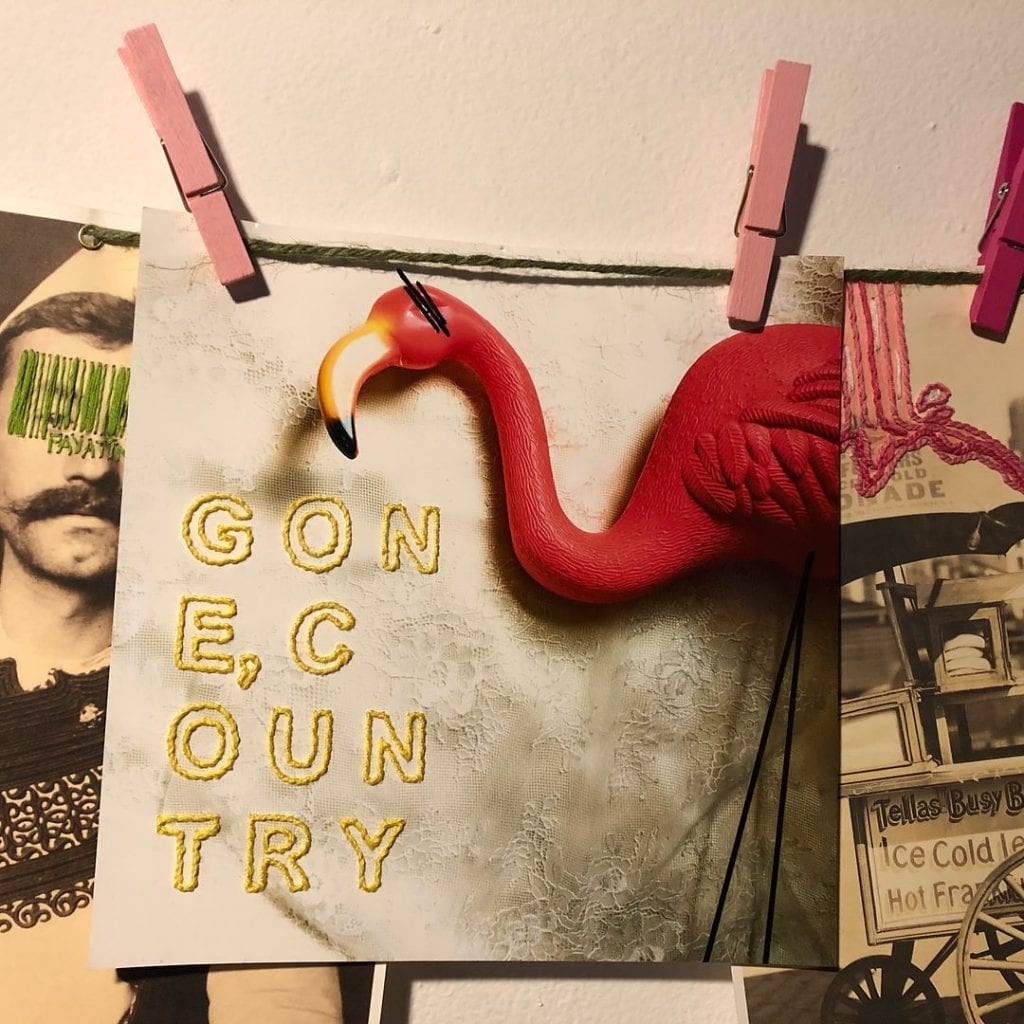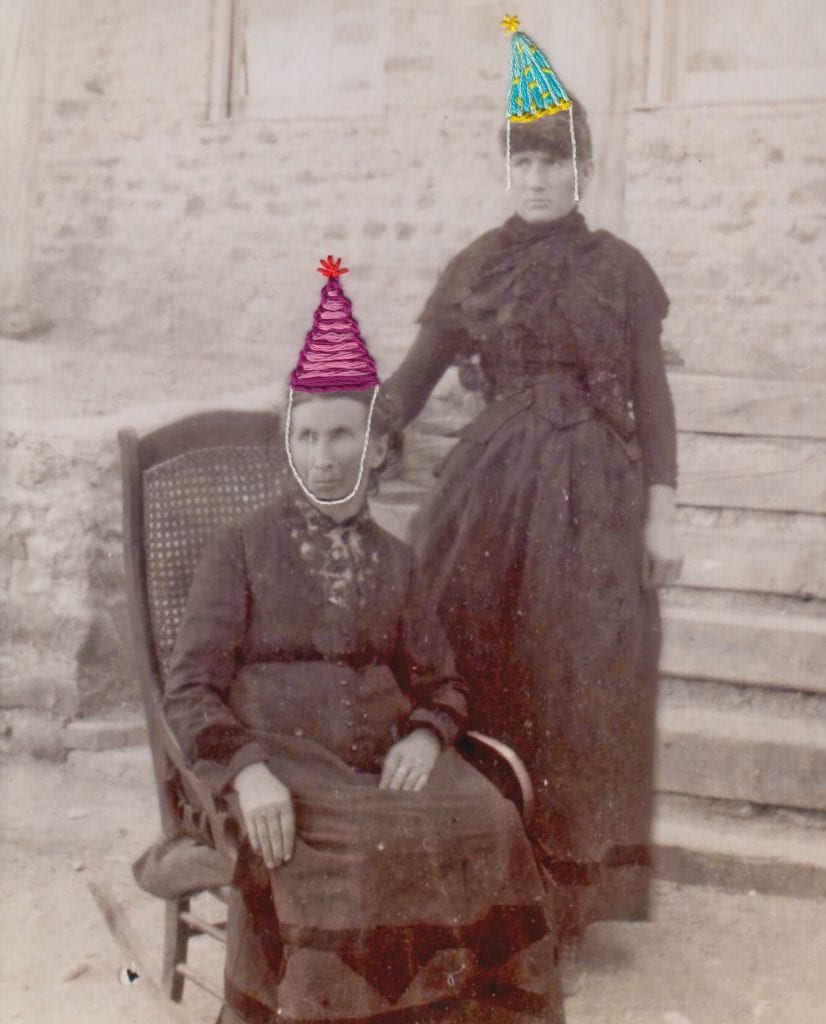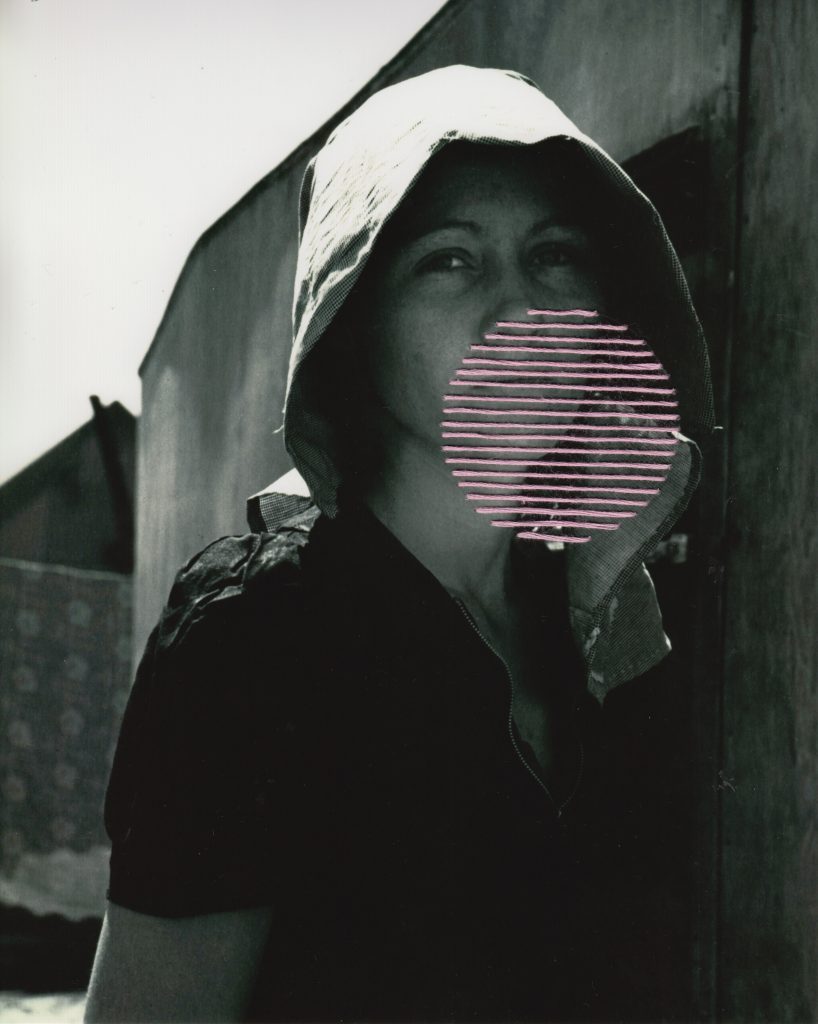Weeee! Today’s the day! My shop went live today at noon, and I hope you take a chance to poke around. Up now: original hand-stitched embroidery art, collage notebooks, and limited-edition prints of some of my favorite pieces.
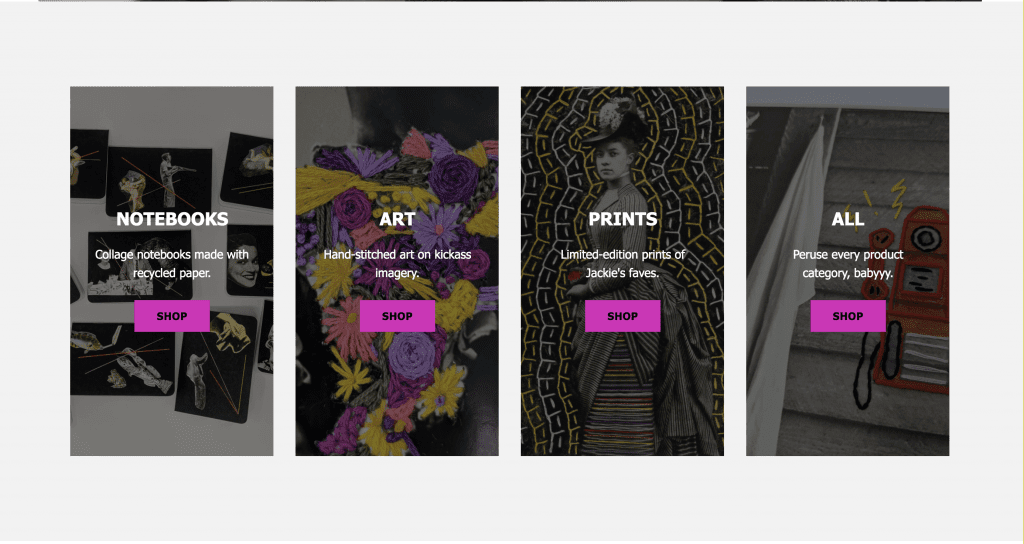
Embroidery on historical photographs
Prints
Collage notebooks
A pandemic-inspired project
I started building the website in April after it became apparent that any art and craft fairs for the spring and summer would probably be canceled because of the pandemic. Little did I know that art and craft fairs for the rest of the year would indeed be canceled too, and my opportunities to share, show, and sell my work at Chicago galleries and storefronts would also be gone with 2020’s germ-infested wind.
A friend of mine recently told me she had heard on a podcast that the best way to mentally get through the pandemic-imposed isolation so many of us are participating in is to do things that accomplish two objectives: novelty and progress. So, for example, cooking new meals (novelty) every Friday from one cookbook (progress). Building this shop has helped me achieve both of those things. The shop is new and, as I plugged away on it with the new spare time on my hands, I slowly progressed the thing from a blank page subdomain into a working shop.
I loved it. The time-consuming, trial-and-error process of building a website reminds me of the meditative work it takes to thread hundreds of stitches into a photograph. This kind of work is endlessly therapeutic for me. I did the design, the building, the inventorying, the anything-and-everything associated with the site all by myself on purpose. I wanted to own the whole thing so if something went wrong, I had the knowledge of how to fix it—or at least where to start looking for the problem. If that’s not a healthy psychological attempt to give myself a sense of control in 2020, I don’t know what is.
I had to develop my inventorying process, shipping workflow, and branding experience. I used Asana to manage my to-do list, because each step in the development challenged me with new questions big and small. Do I need a Cookies alert? How do I weigh packages? What does the UX look like after someone makes a purchase? Who is cPanel? Why the hell won’t my site load? ~et cetera~ (Shoutout to all my YouTube and Creative Live teachers!)
This, the year of our lord baby Beyonce, has been a doozy. Having a digital space to call my own, structure and design at my own pace, and turn to as an expression of creative optimism for the future, has been, well, essential. A new study released in September by Harvard’s School of Public Health found that an optimistic outlook may be a healthier one: “In a population of relatively young and healthy U.S. Army active-duty soldiers, we found that those who tested highest for optimism at the start of the study had a 22% lower risk of developing hypertension during three-and-a-half years of follow-up than those who scored the lowest.”
I’m certainly not soldier-level stressed, but the study’s findings aren’t surprising to me. Building out the shop has been an exercise in escape as well as positivity. It helped me escape into something productive and it pushed me to consider what my future creative practice would look like. Why build a shop if I don’t believe the future will be good? Why work toward something to share in the future if I don’t believe there will be one? Why share my art if I didn’t believe it was going to continue? The shop has been a lighthouse for me in a dark storm cloud year.
Pushing my practice
The other important benefit I discovered while building this shop is that it has helped put boundaries around my current visual art practice and consider how all of my work fits together under one big umbrella that is me.
I think of clearly defined boundaries/constraints in creative practice similar to bowling with bumper lanes on. It helps.
As I worked on laying out the pages, I had to think about how the shop would connect to this site, which then brought up questions of my content on here. I think of jackiemantey.com as an archive of my creative life, as well as a space to jam on current works-in-progress, but what does that look like when I now have a secondary site I want to drive people to, and how do I shape the experience so that it isn’t burdensome for me or the people who visit my sites?
Other questions this work answered: How do I maximize my time working on my many projects, and how do I do it with intention? Am I an embroiderer or an illustrator or a photographer or a writer? All of the above? I think I’m all of the above, but thinking through all of this forced me to outline a hierarchy of these practices and shape an idea of how I envision them all coming together and growing in my next visual project. This work will be pivotal to my decision-making about what I work on next. It gave me guide rails and helped me define what I want to do with myself and my creativity. That, my friends, comes as a relief to a narcoleptic overachiever with a million and one ideas. It gives me something to refer to when I need to say no to myself and get down to the doing.
How did I go about all of that behind-the-scenes figuring-out-of-stuff? I journaled the shit out of it! In my professional work, I write about artists, their practices as individuals, and how they have come to find and refine their voice. And, bonus, I write brand guidelines about voice, tone, personality, visual language, and more for companies with seemingly disparate, quickly moving parts. So, I decided to do all of that work I usually do for other people, for myself.
I audited my current work and thought a few years ahead of what my dream life as a maker might look like. I defined my visual language (ie., Why do I use pink so much; what does the color represent for me? Why thread? Why old and found photos? Why do I love those slash marks so much?). I wrote out what I did and, importantly, did not want my work to be for me. I wrote about why I make all of this in the first place. I thought of ideas for how the illustration, embroidery, photography, and writing could merge together long term (a direct result of this particular piece of this exploration: My homepage design, which I made in Illustrator using cut-outs of a photograph of flowers I’d taken during quarantine).
In the final stages leading up to launch, the shop also presented an opportunity to learn and experiment with other modes of making. I watched YouTube videos on how to animate photos in Photoshop, and made a few animated videos to announce the opening on my embroidery Instagram gallery. I’m excited to play with this more!
Whew, OK. There’s a lot here, and I have so much more to tell you, but this will do for now. I feel totally geeked (and, per usual, annoyingly sincere) about how focused I feel now because of putting together something as seemingly basic as a website for my work. The project unlocked a lot of understanding about who I am, why this work is important to me, whether I’m a professional or not, and how it will all evolve in the future. Like they say on the Twitter, “Thank you for coming to my Ted Talk.” Now, go visit my shop.
Go to shop.jackiemantey.com
